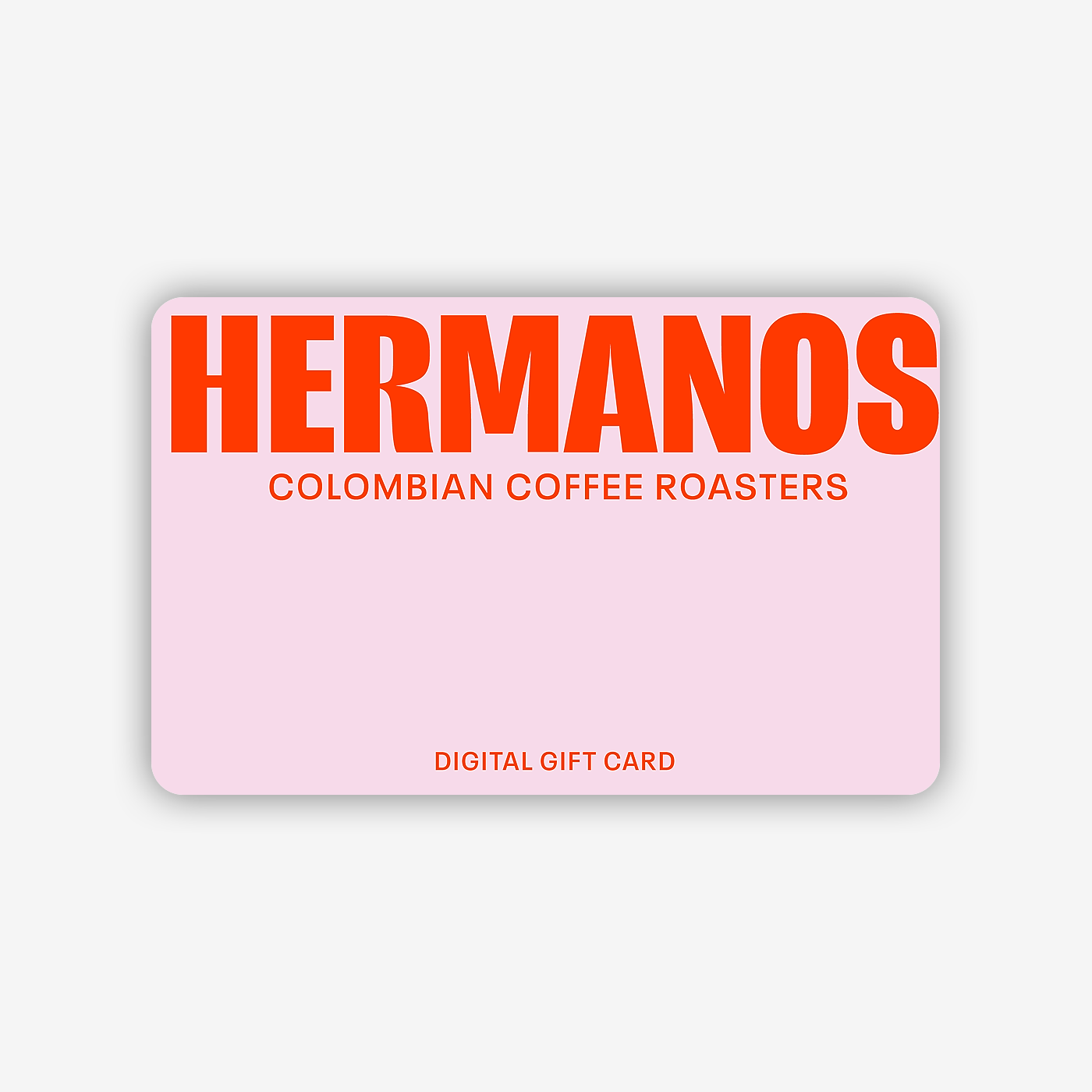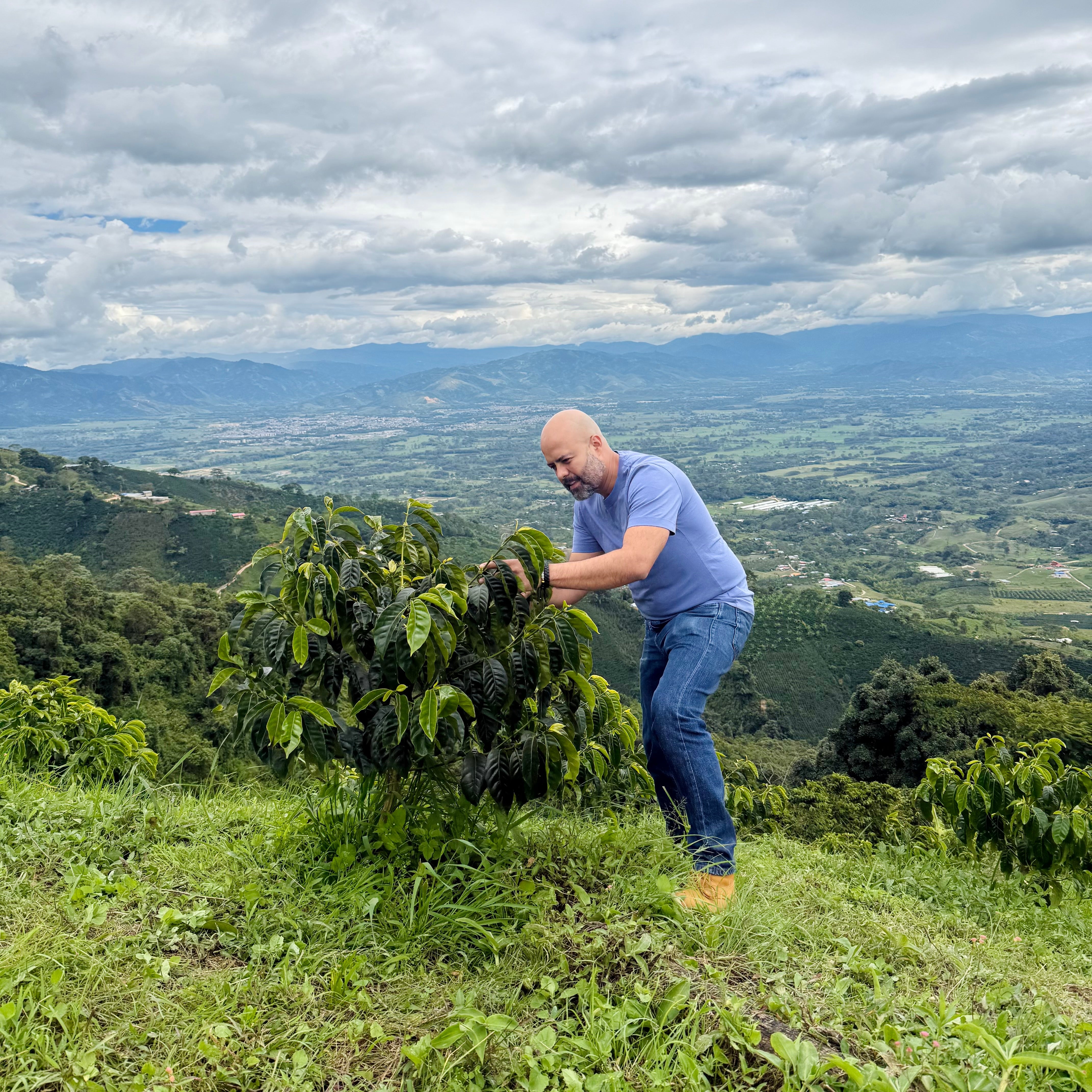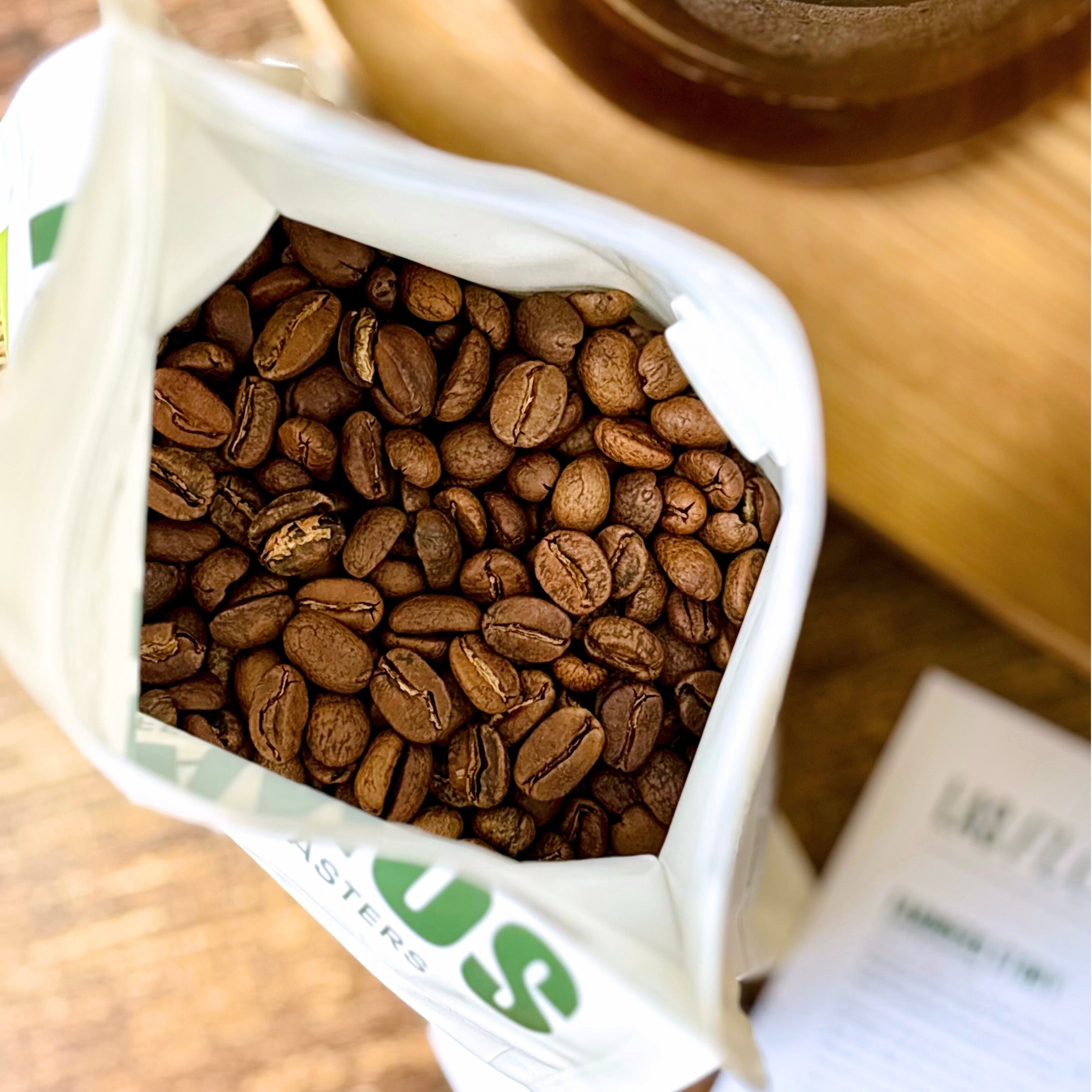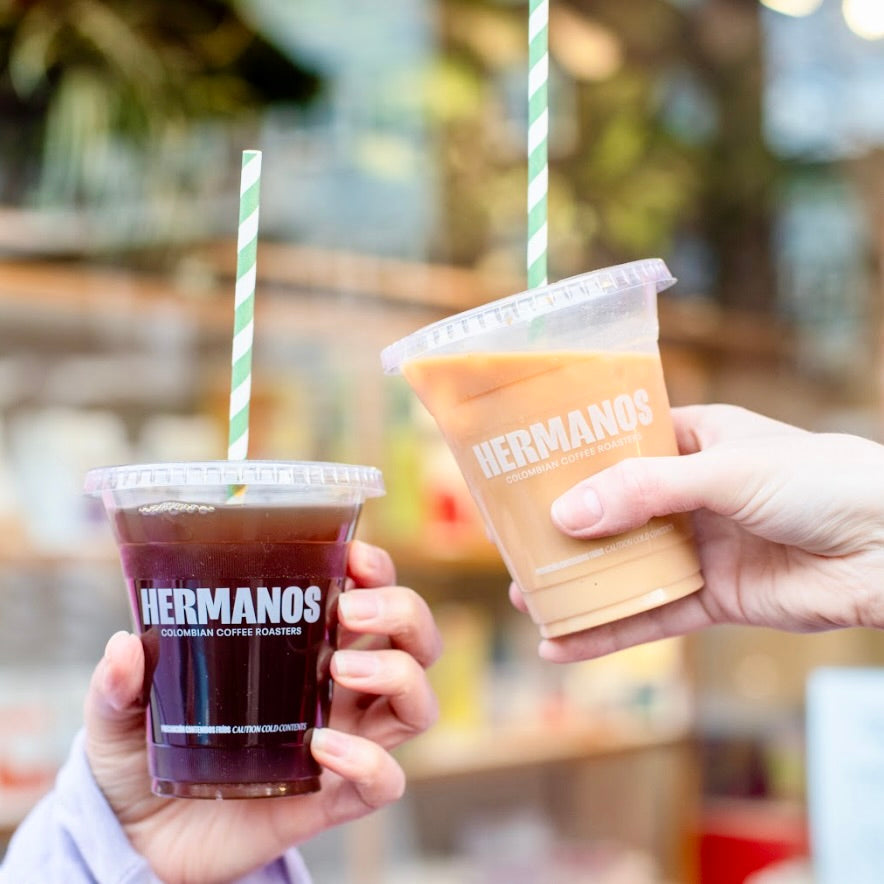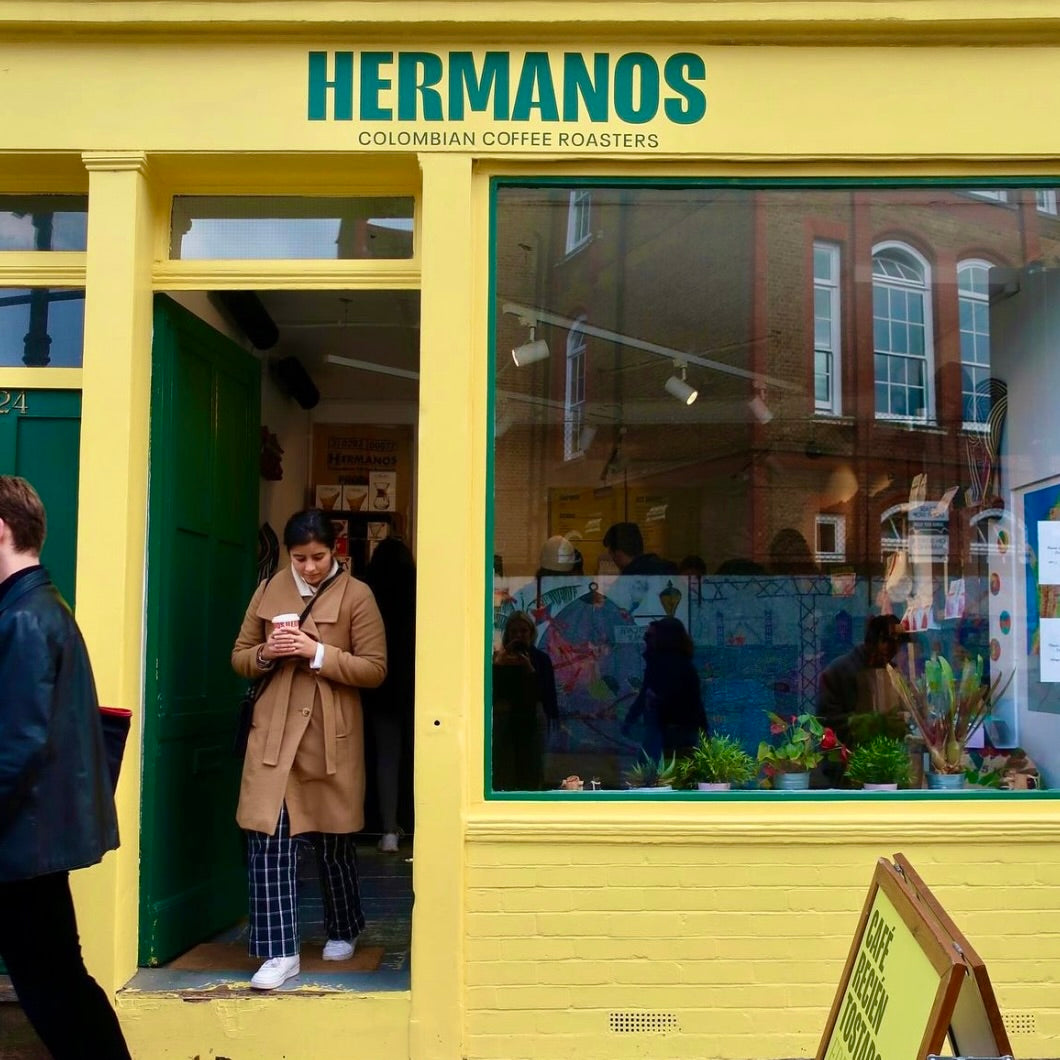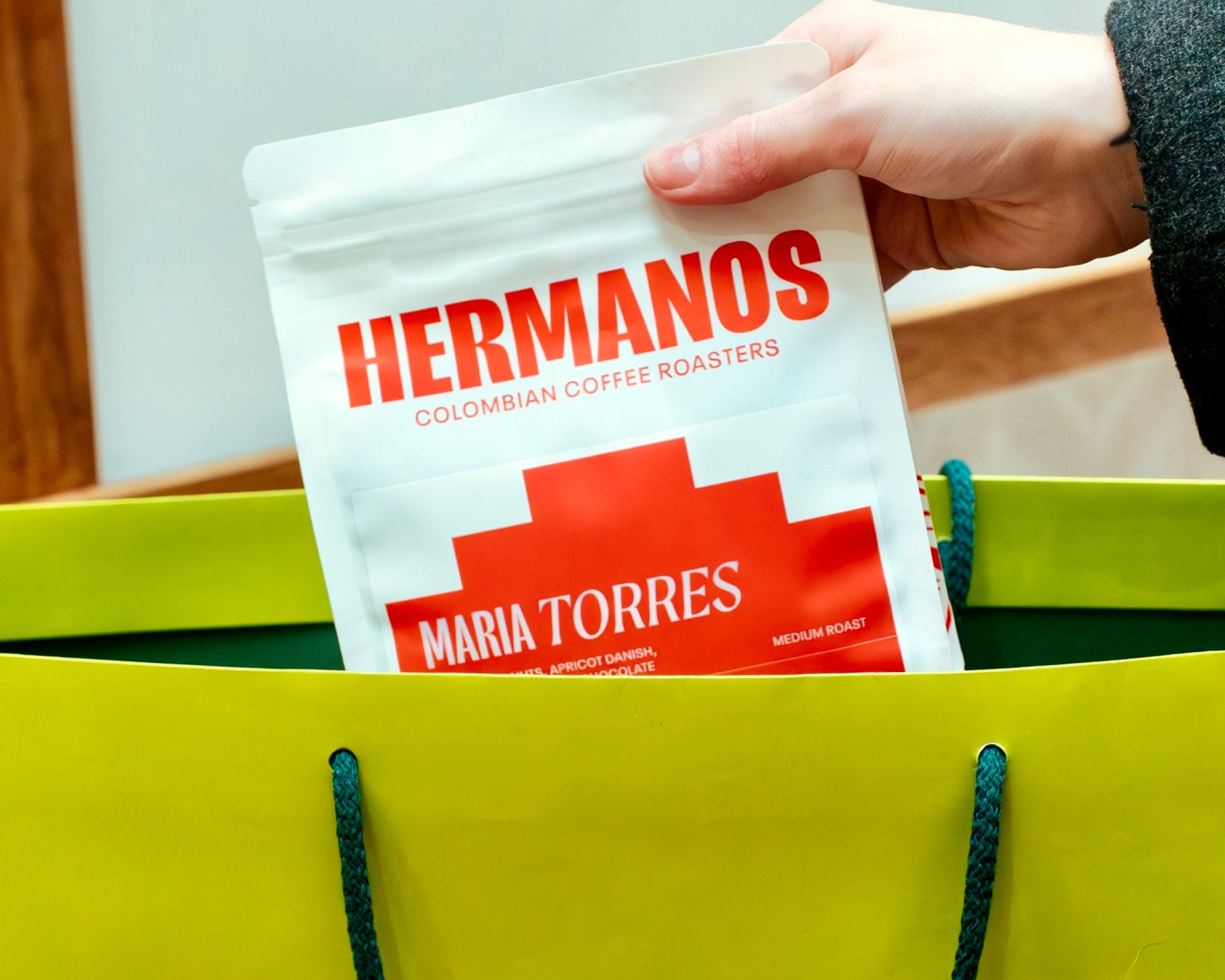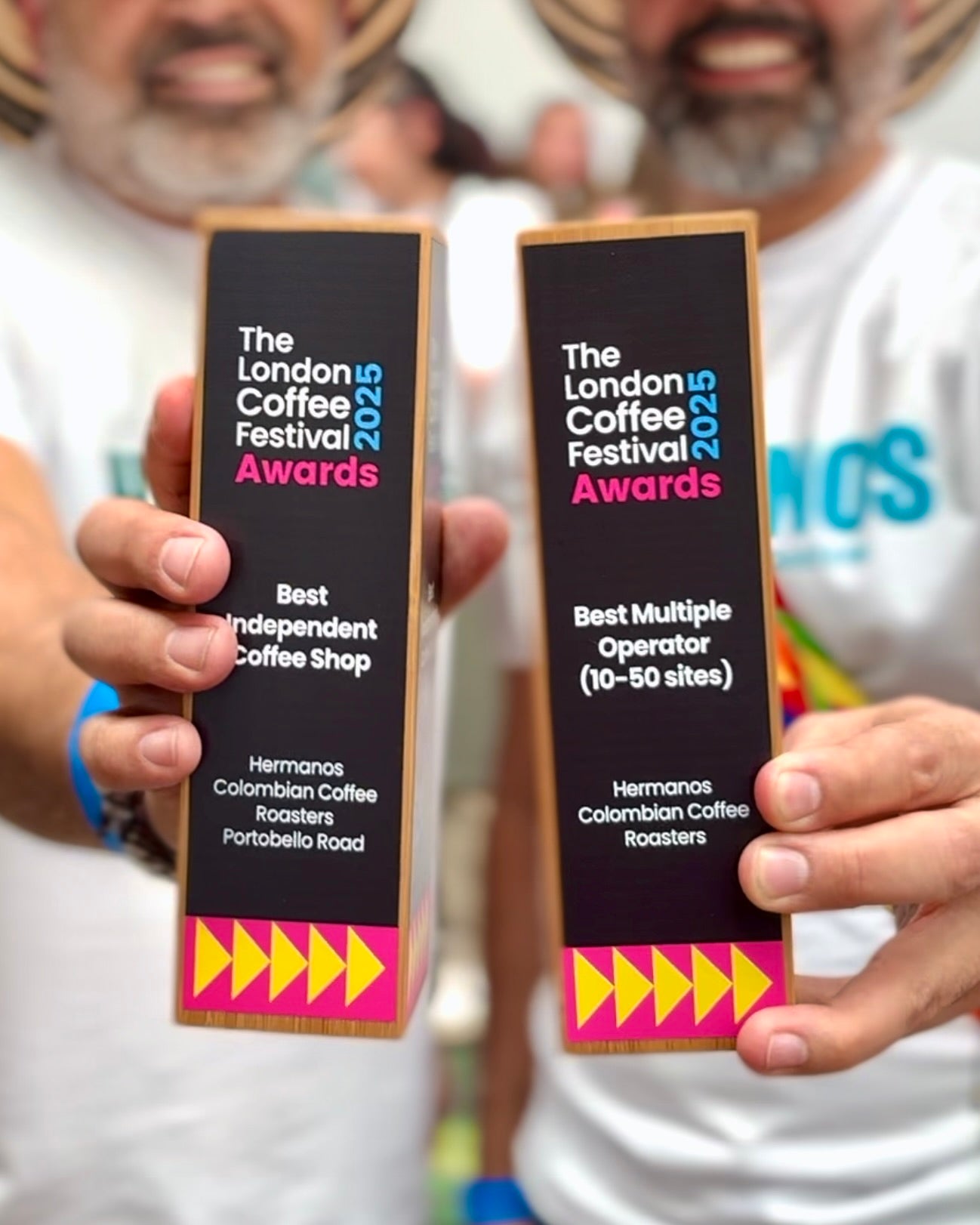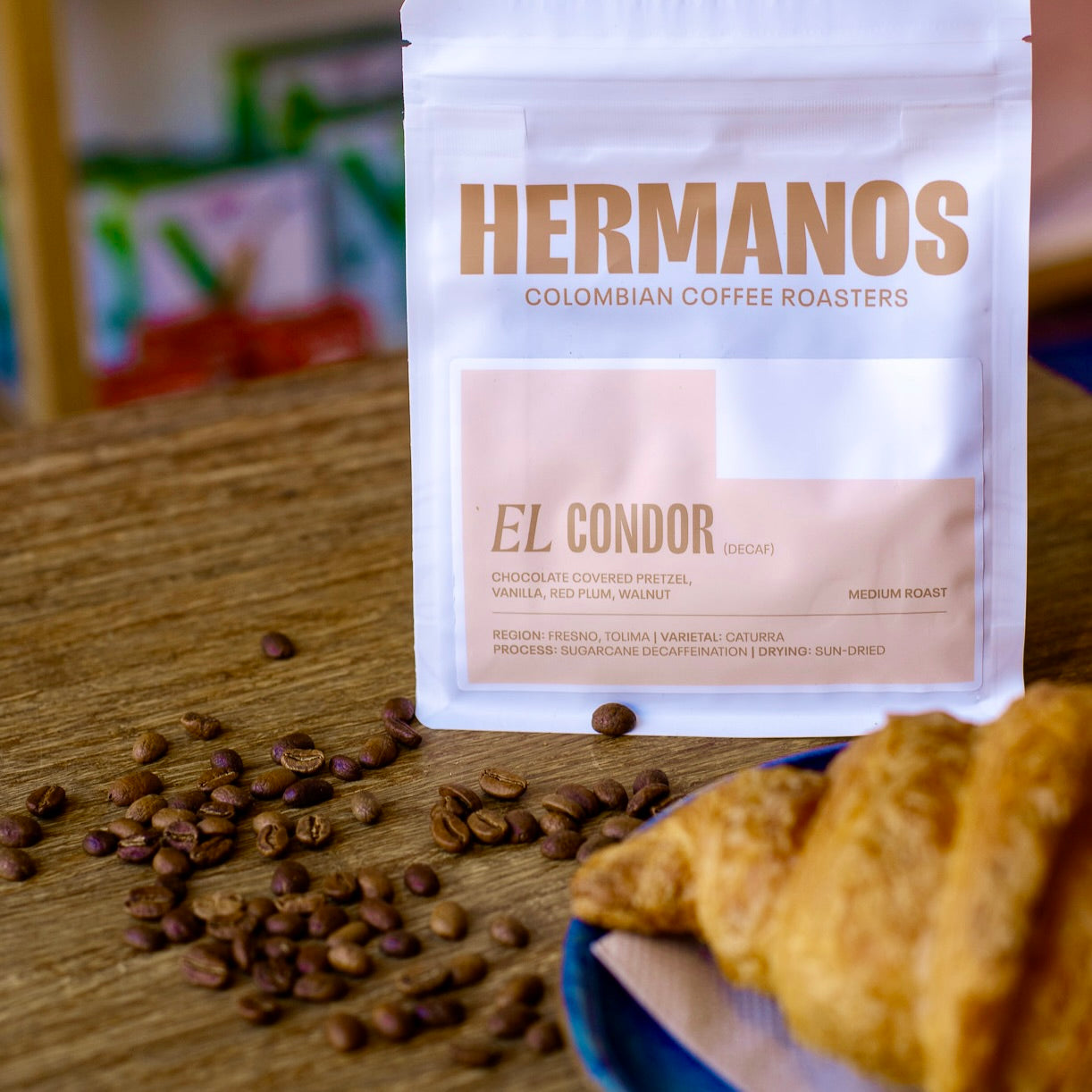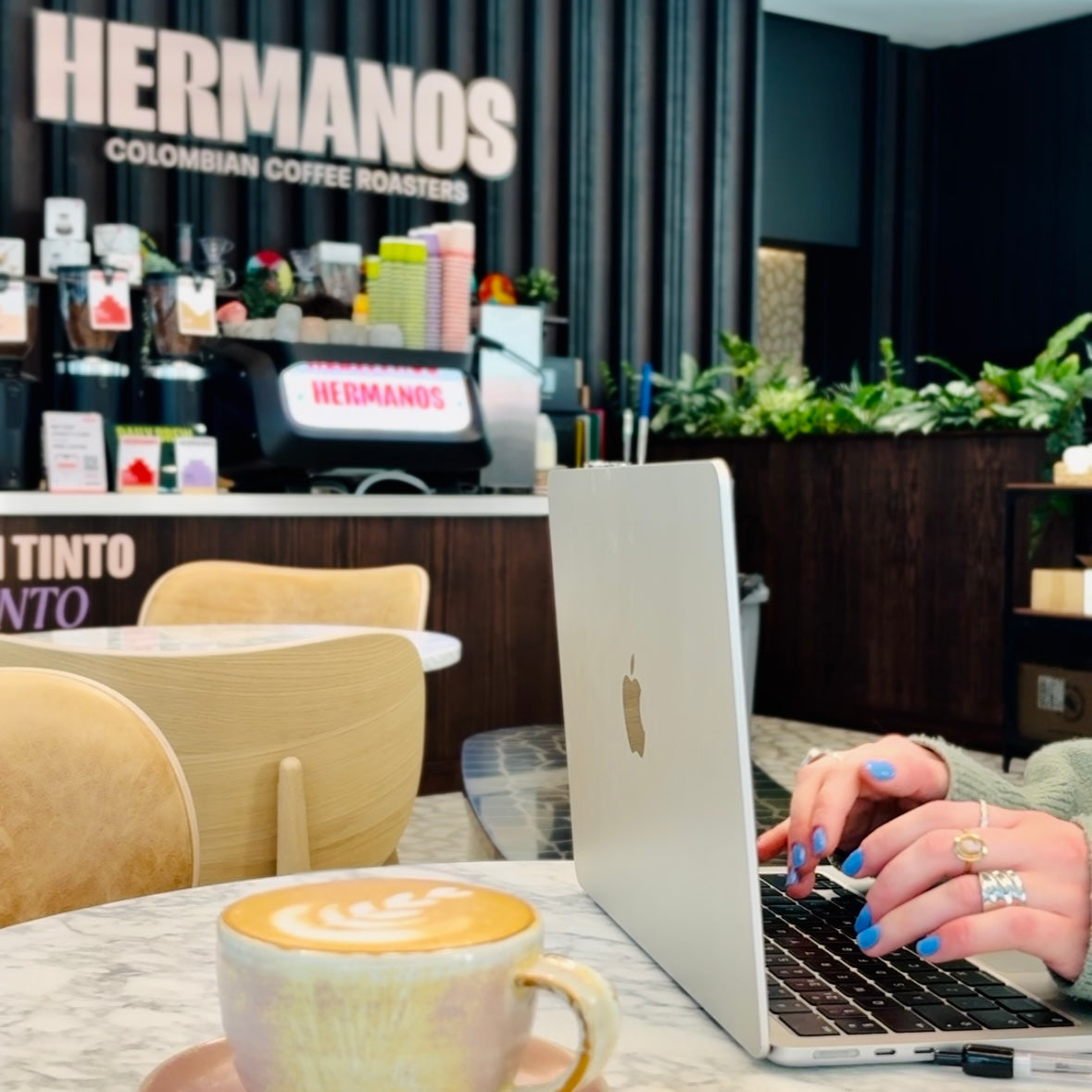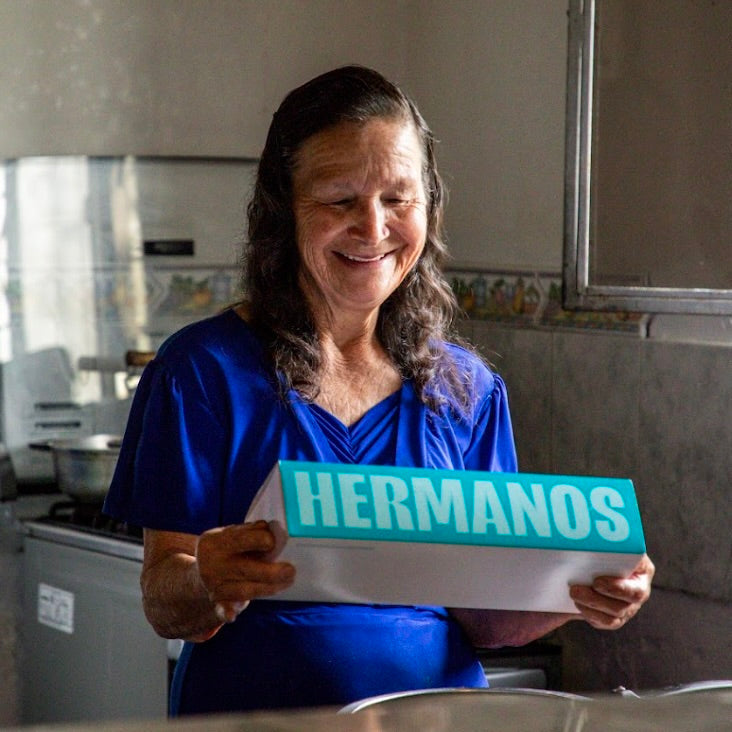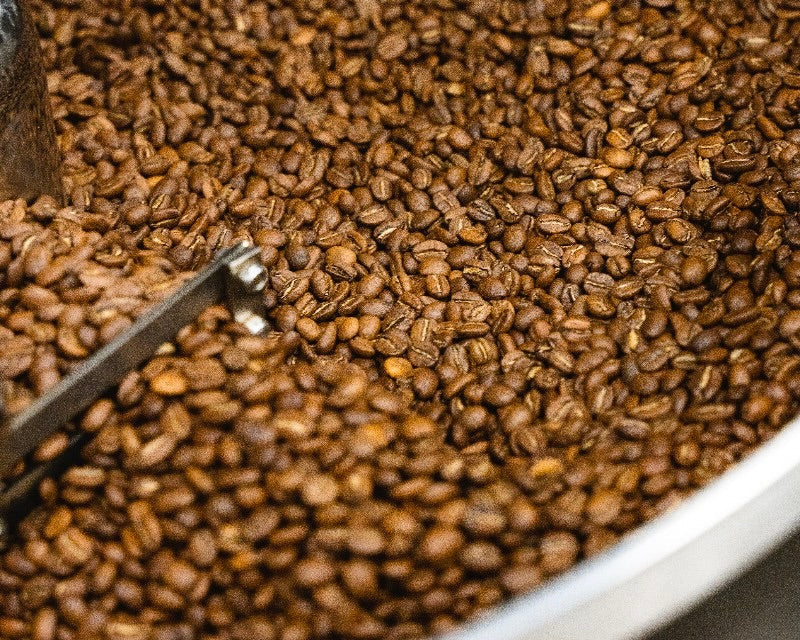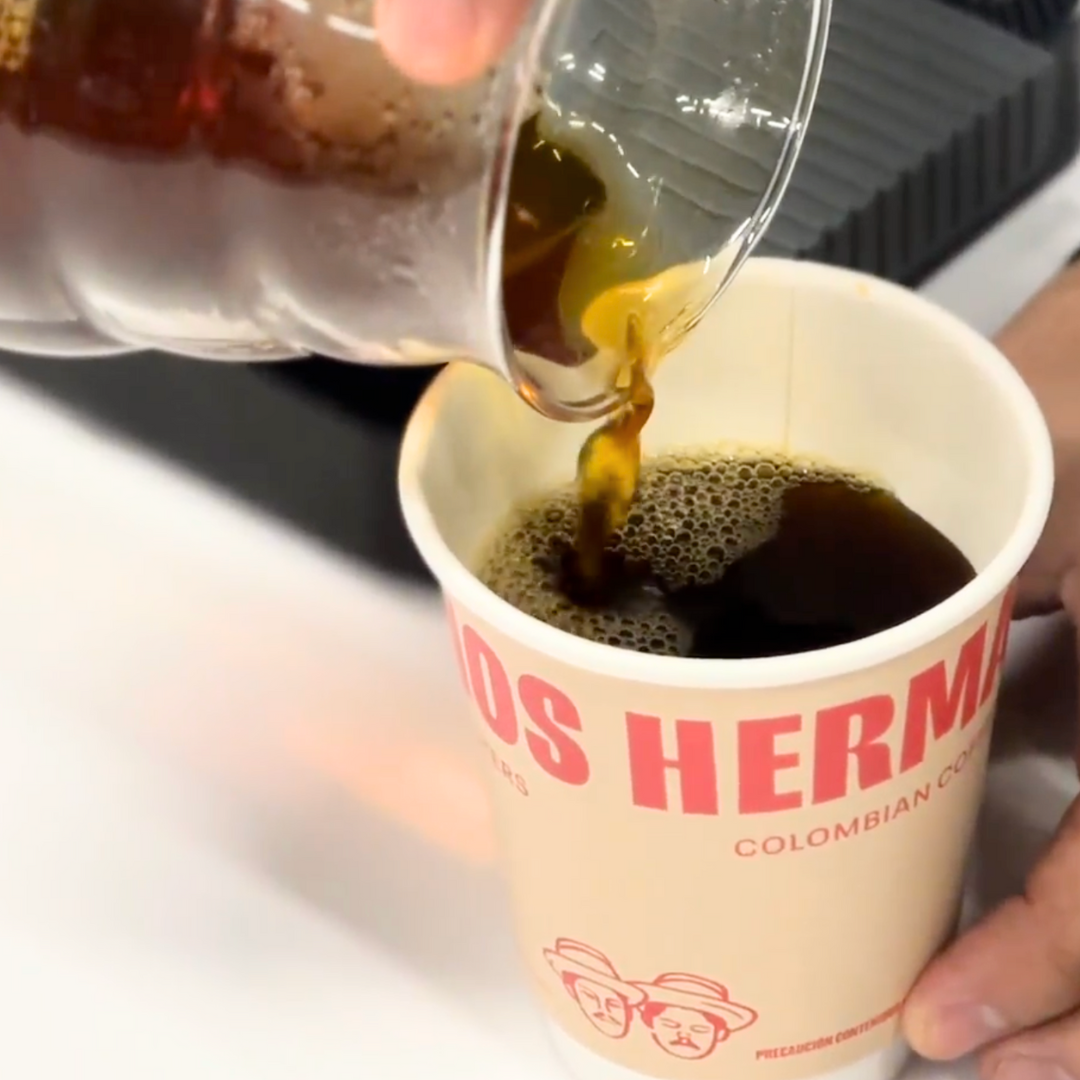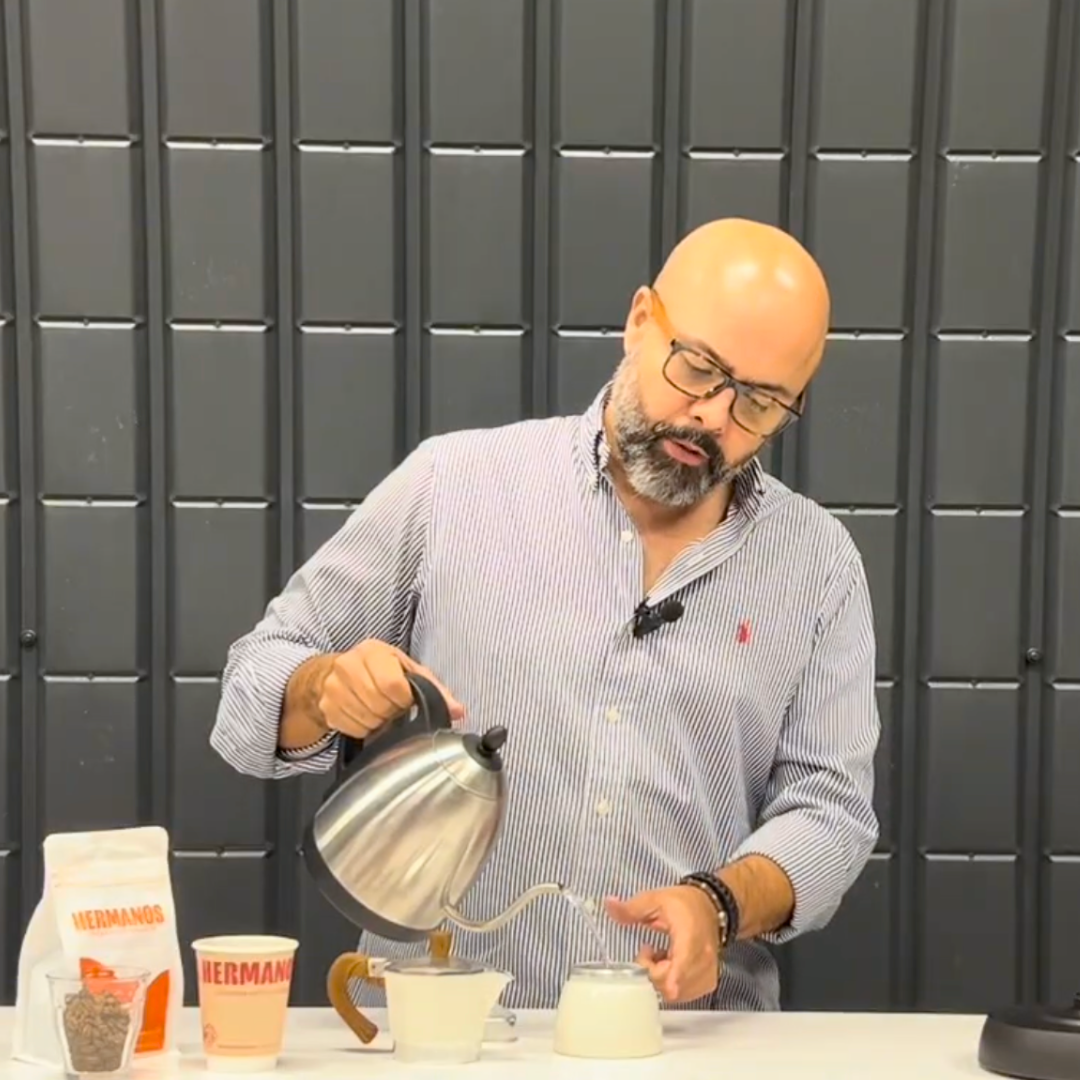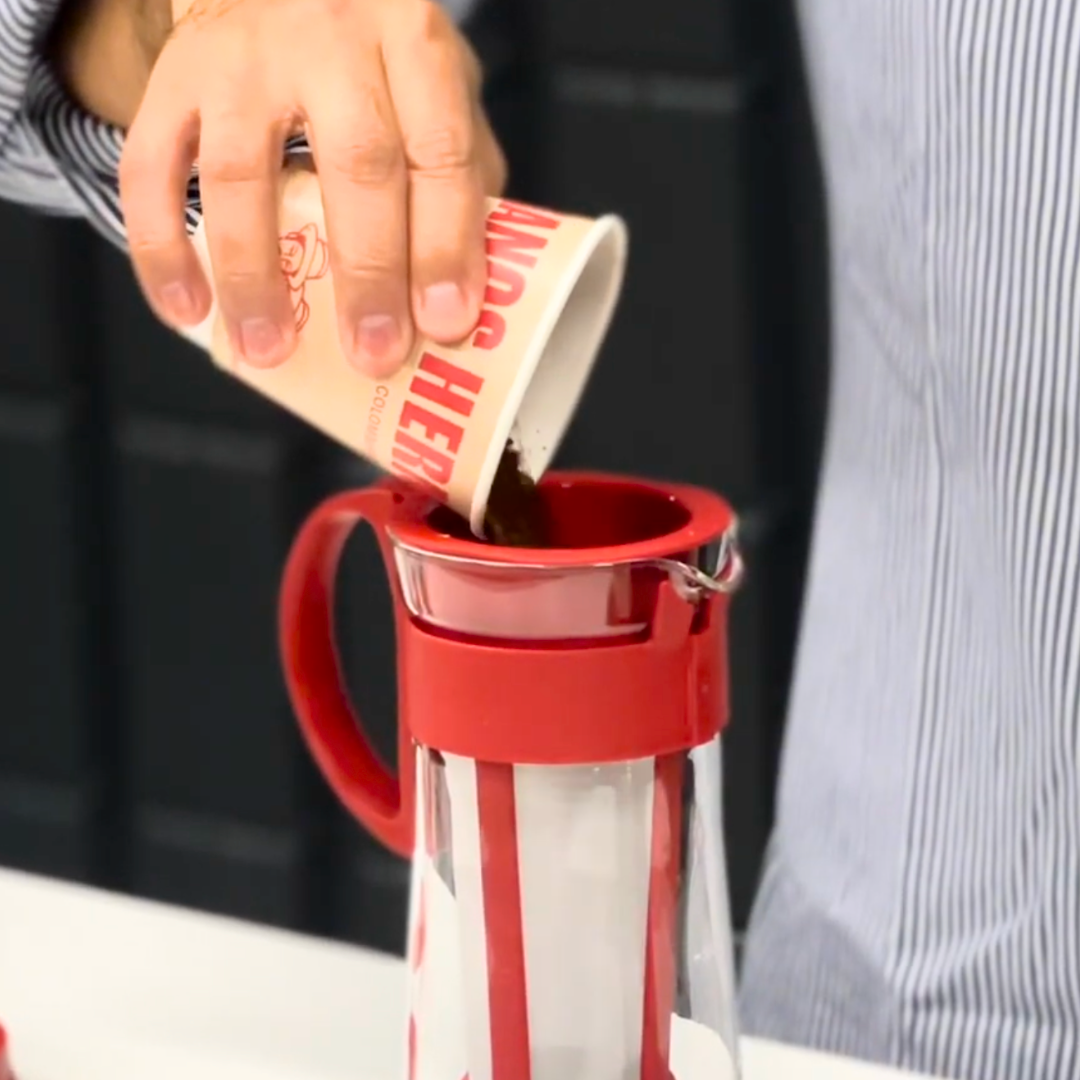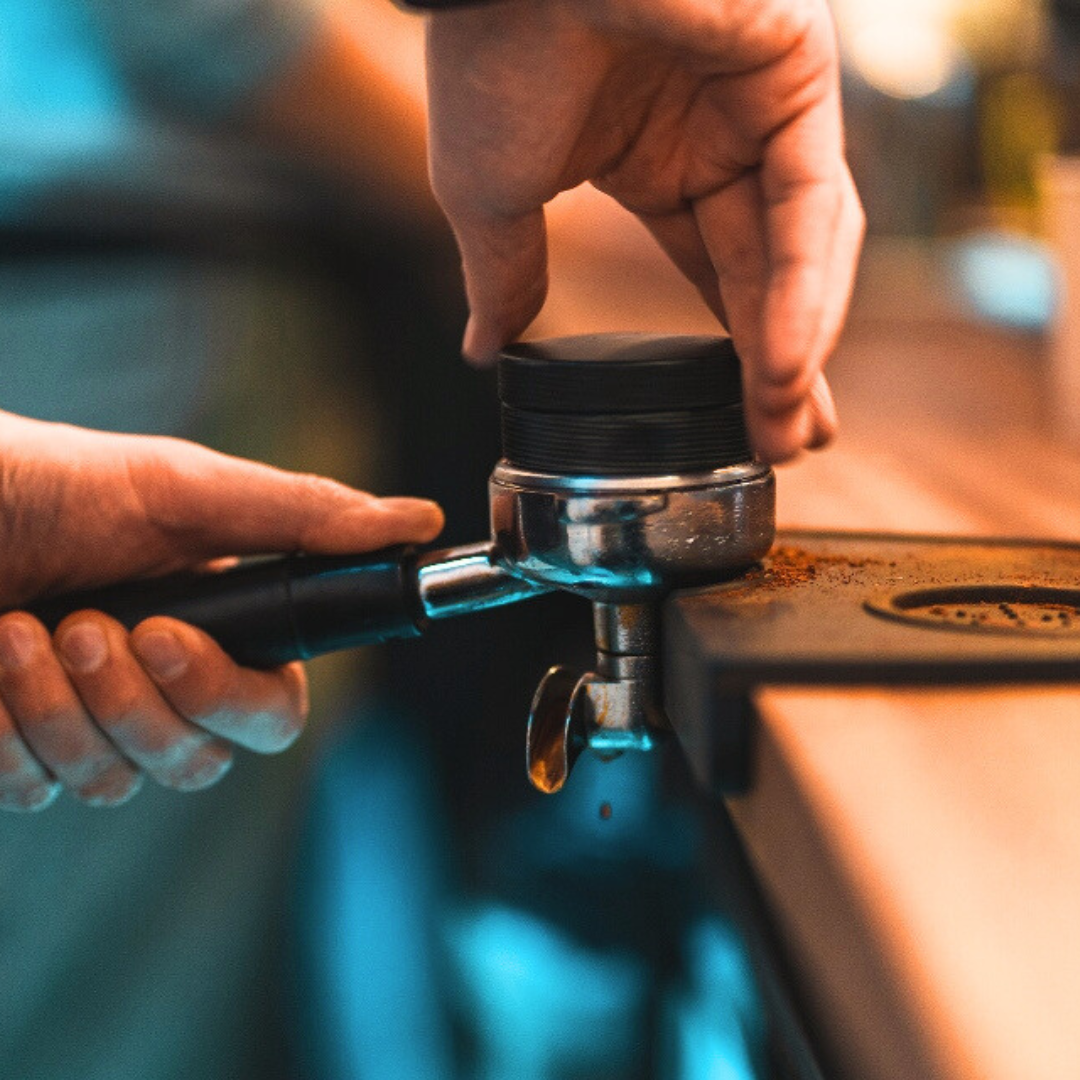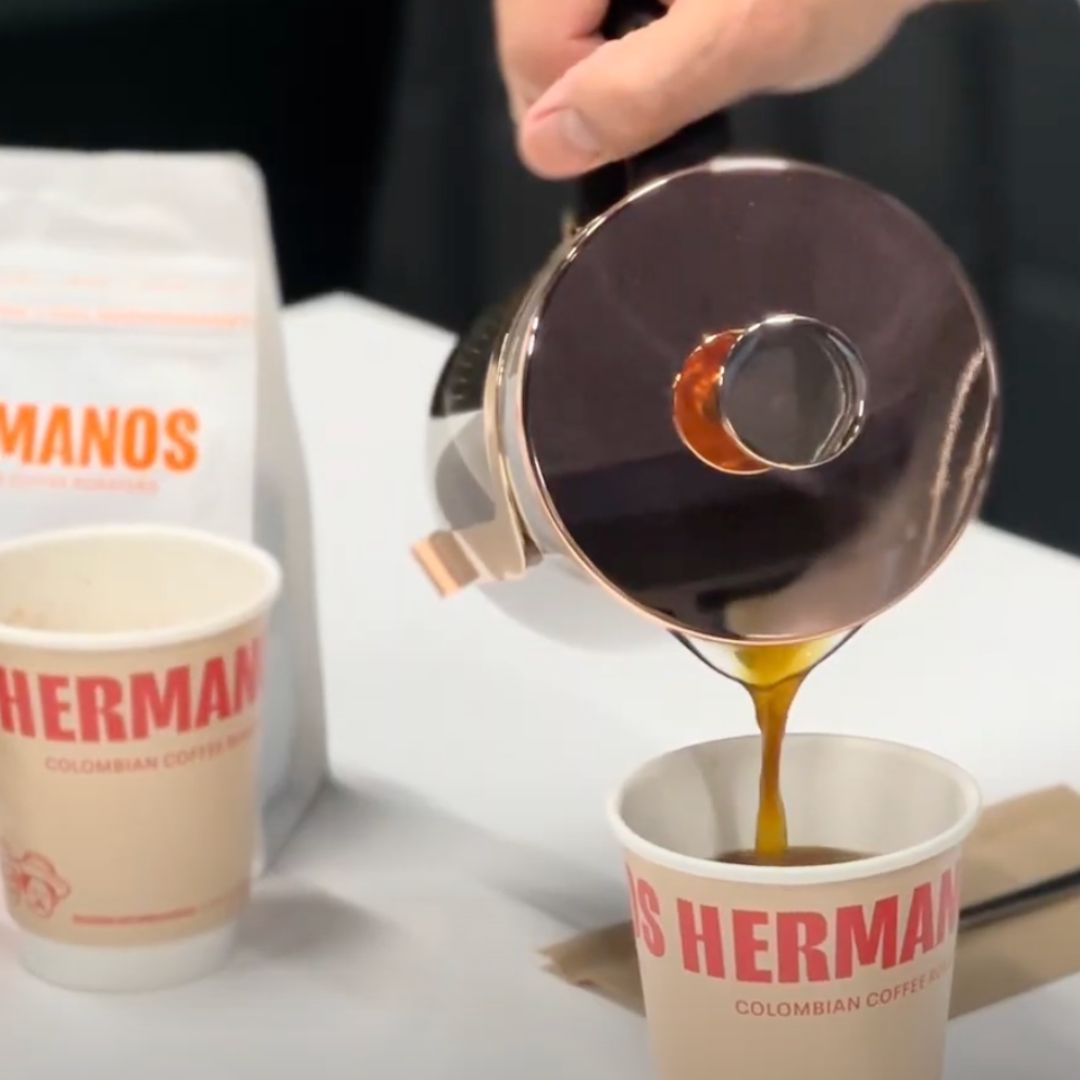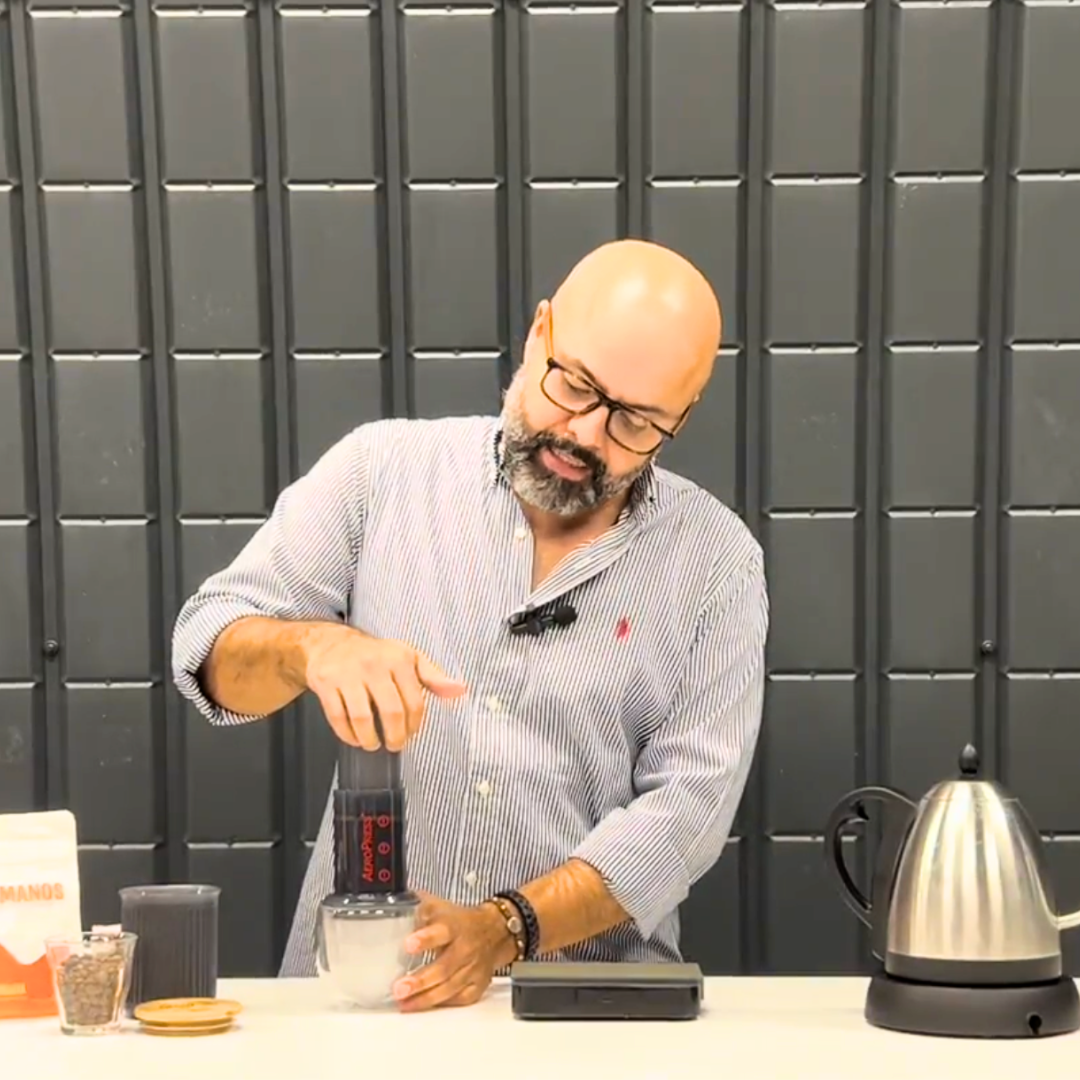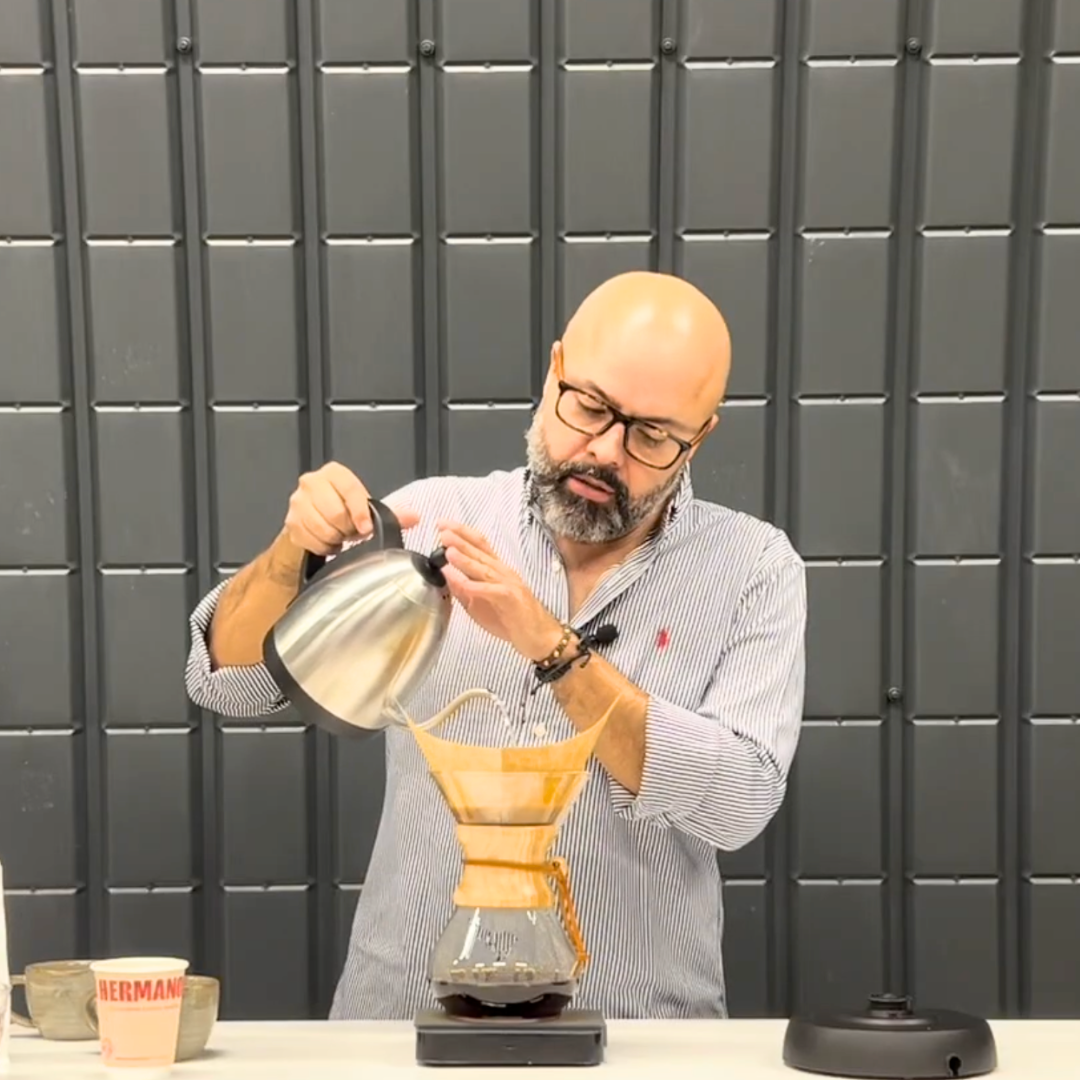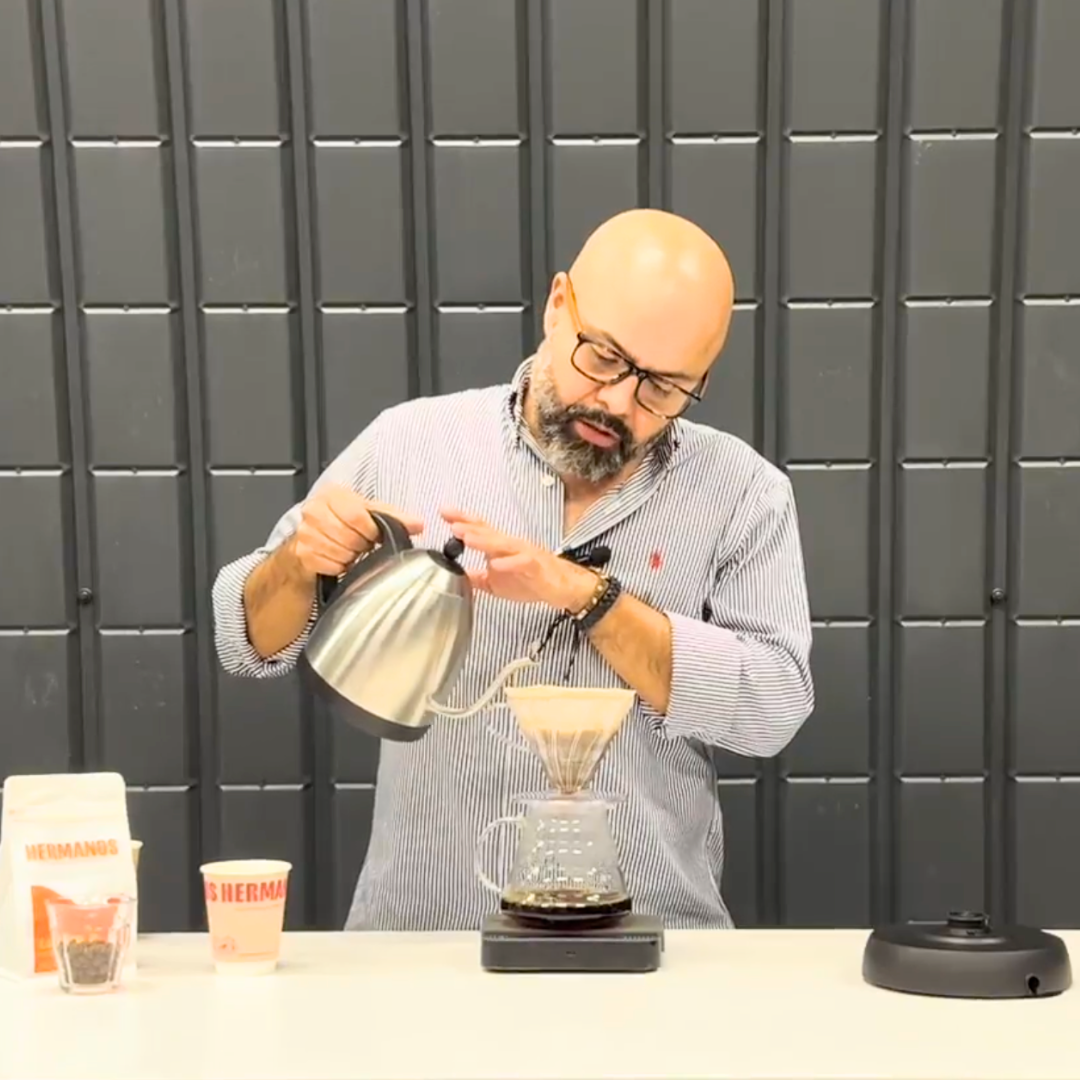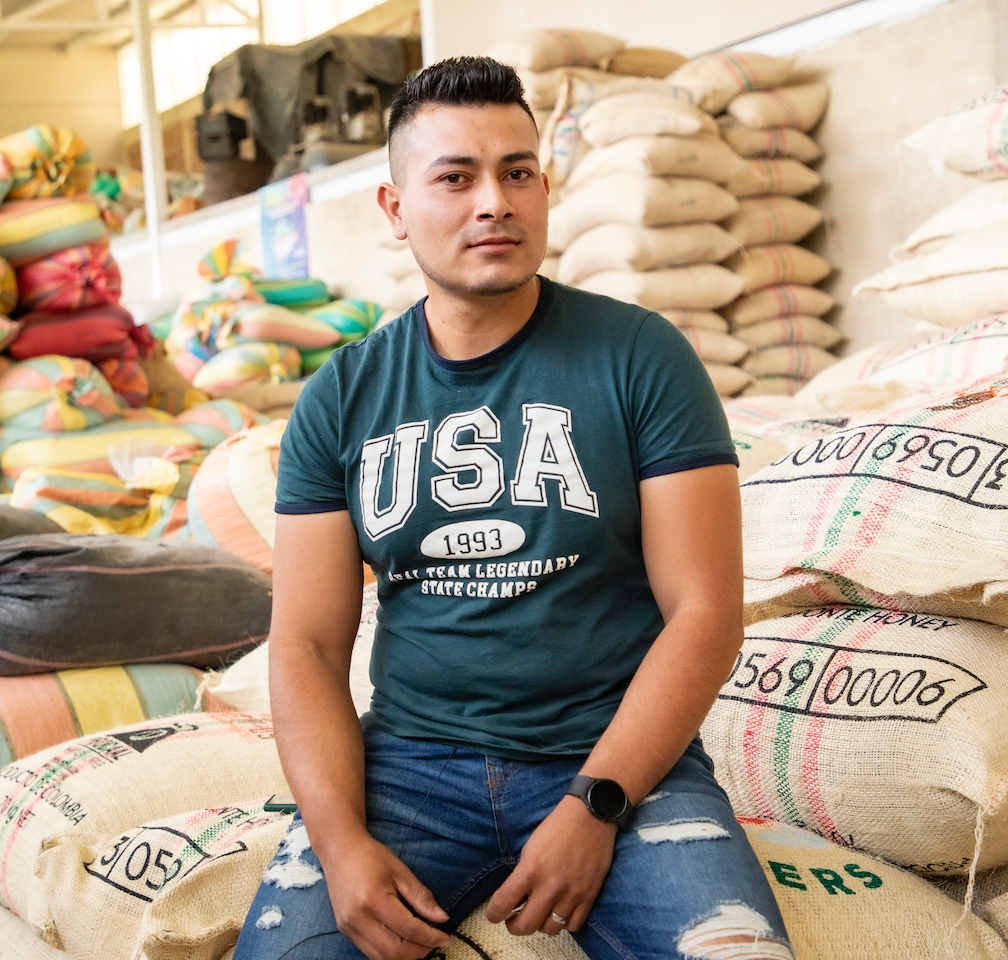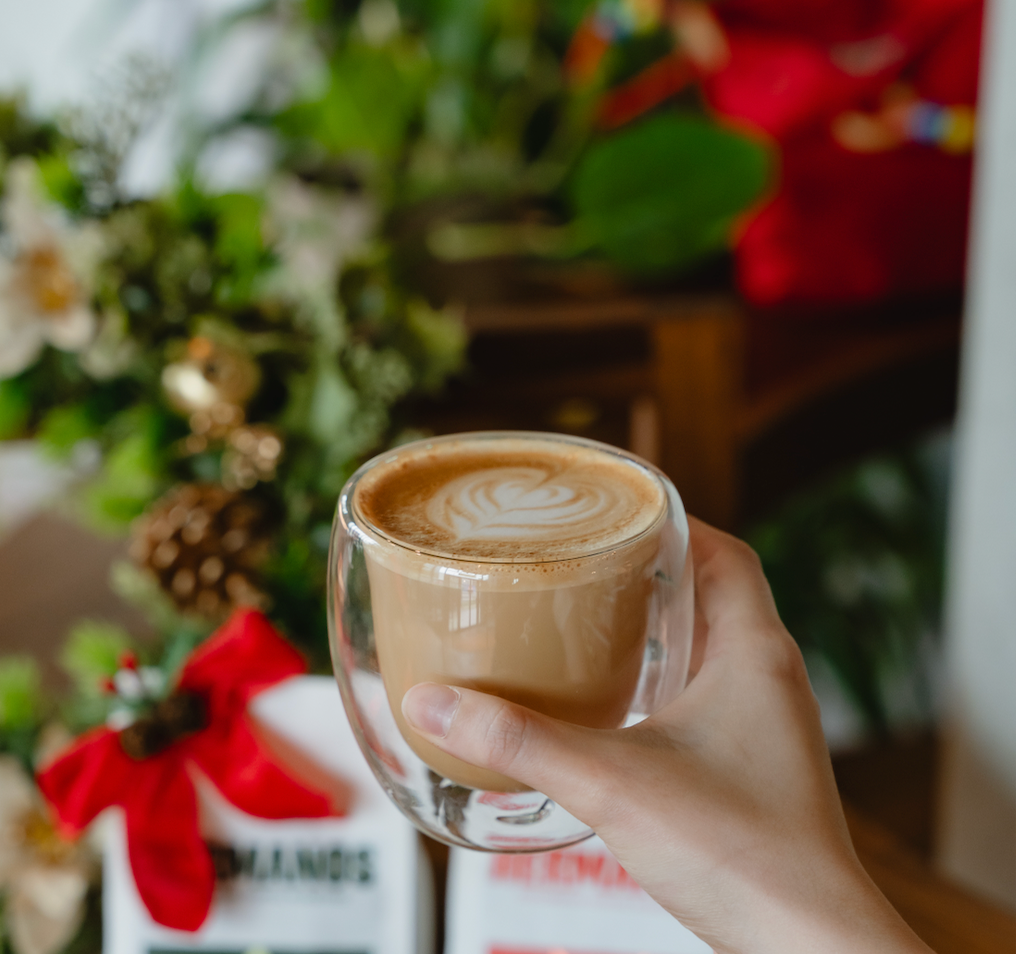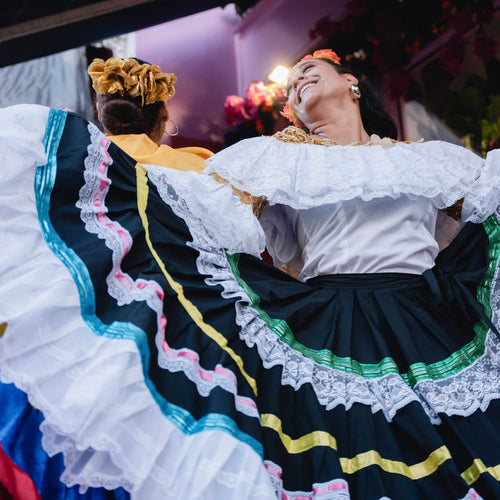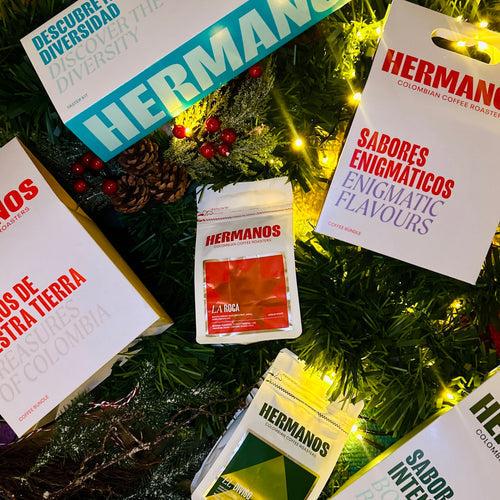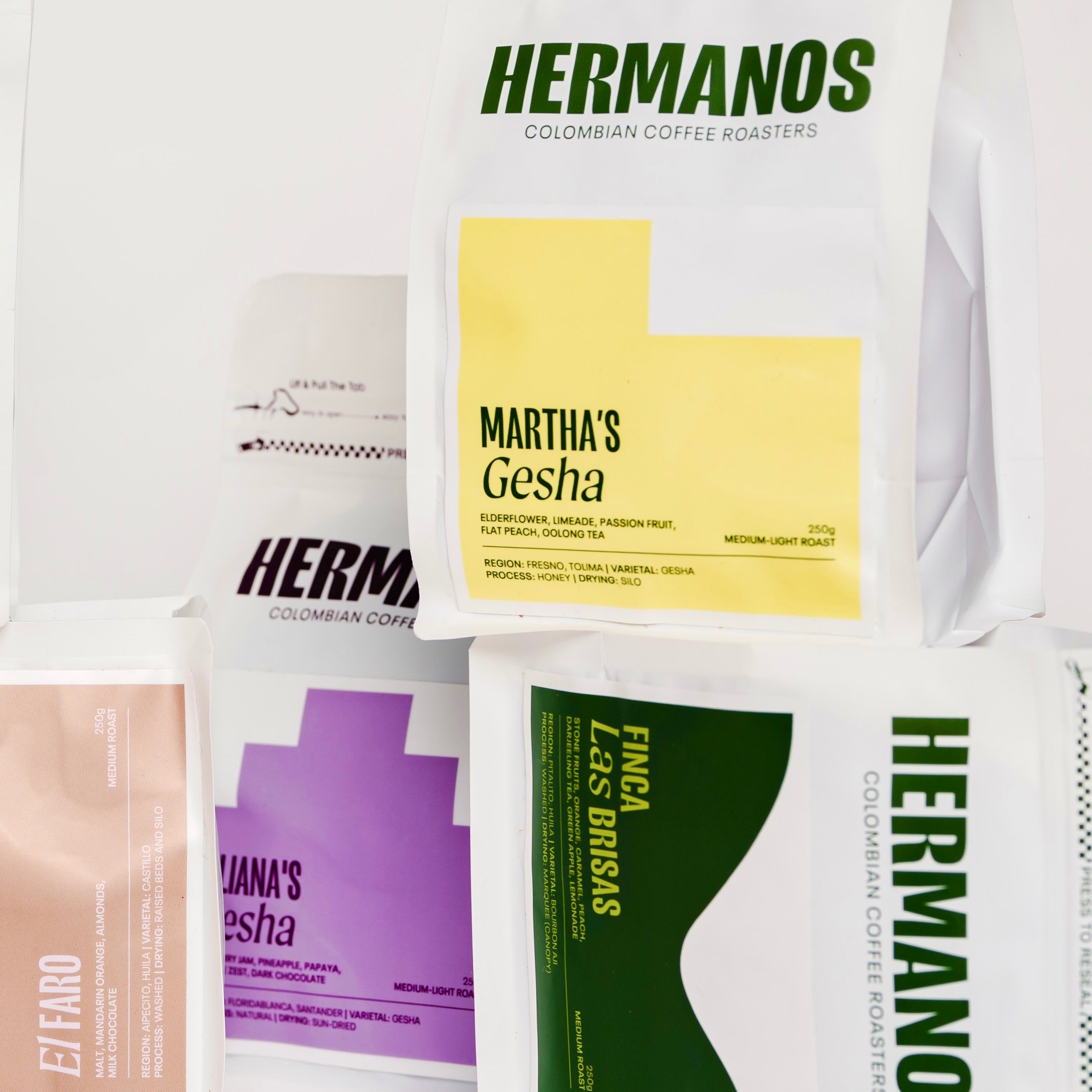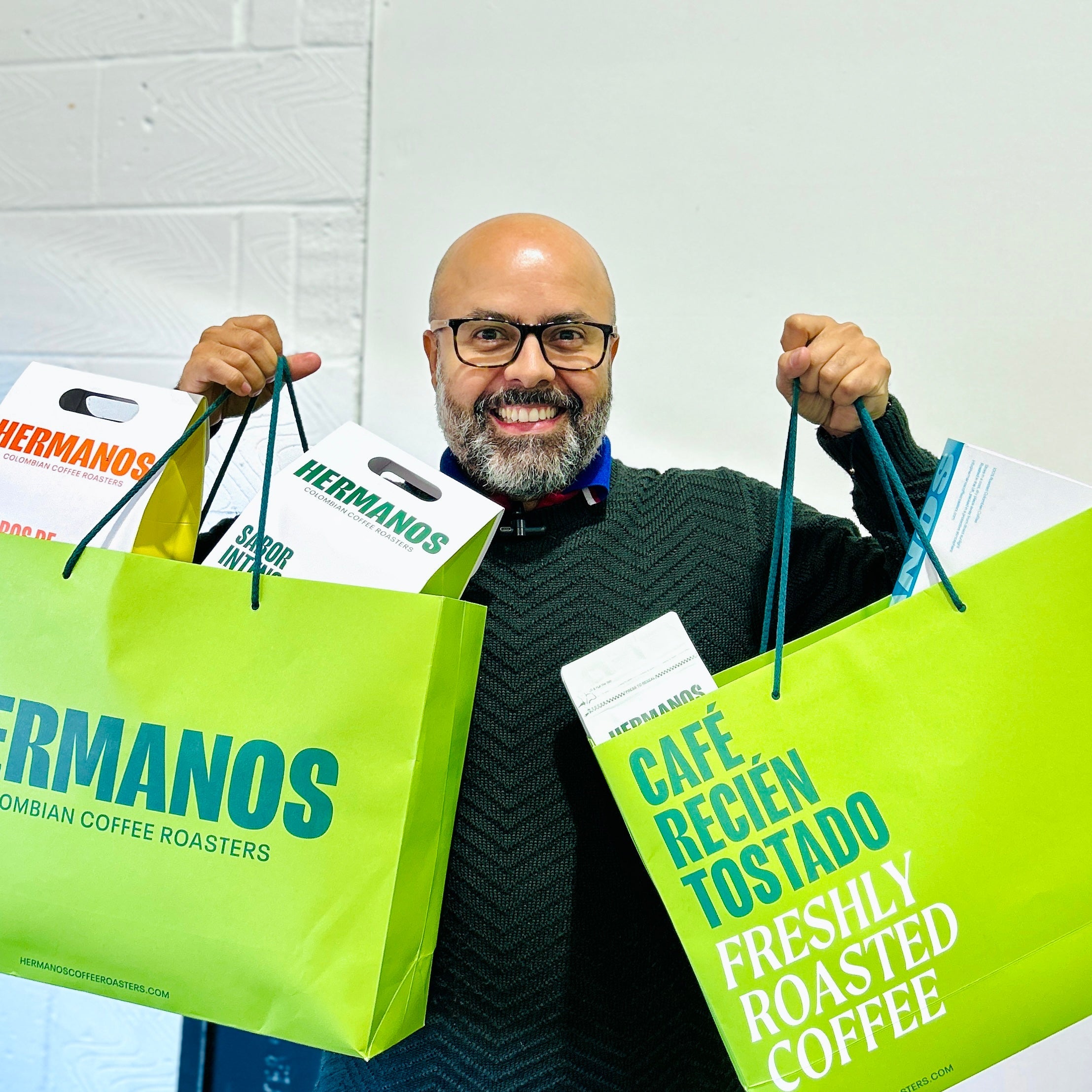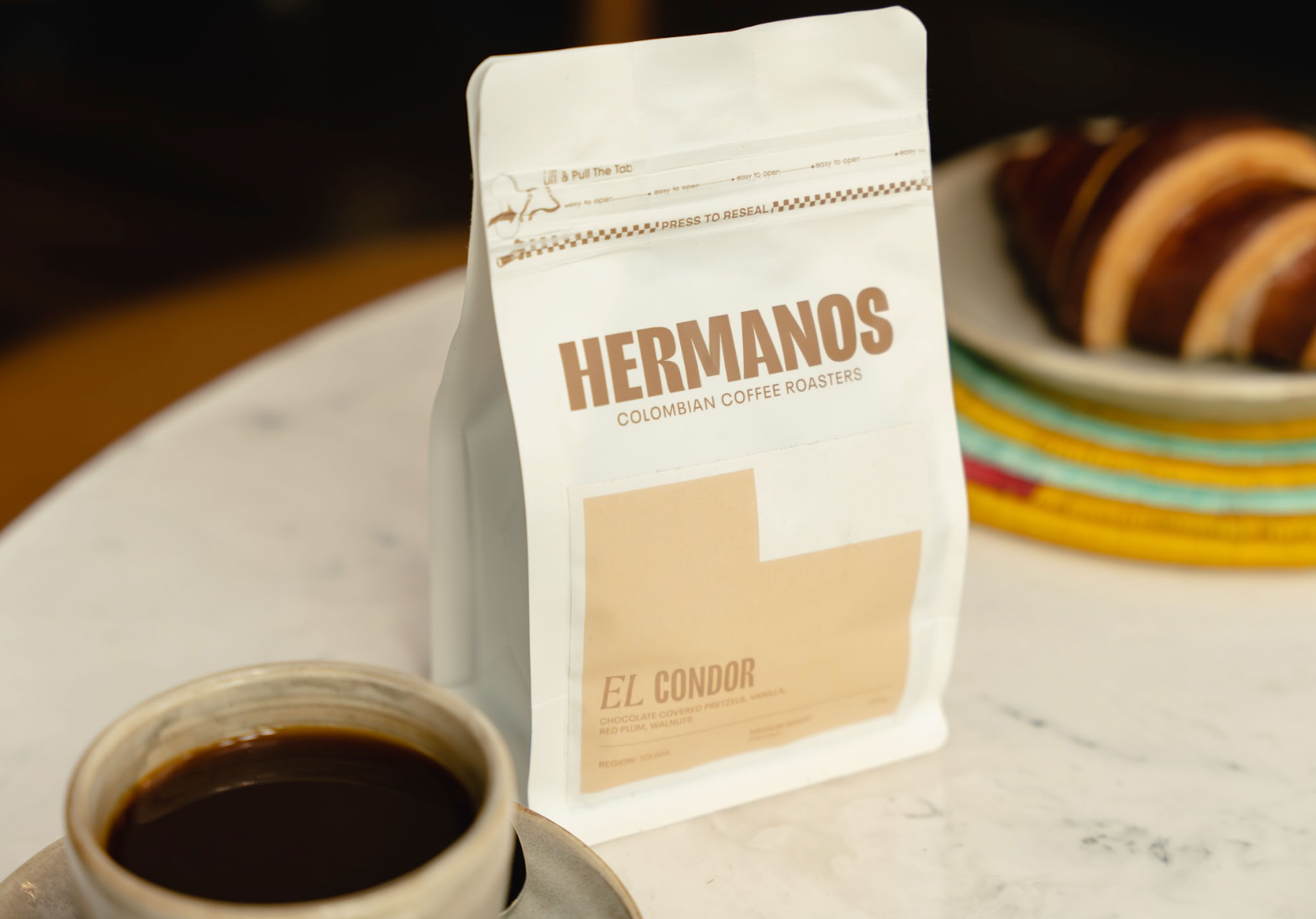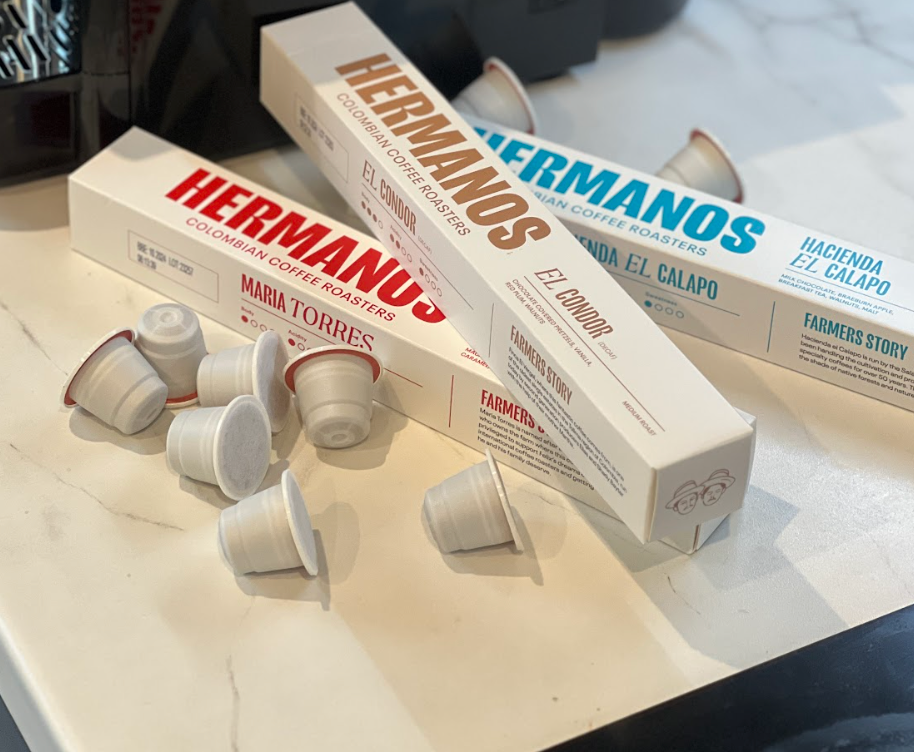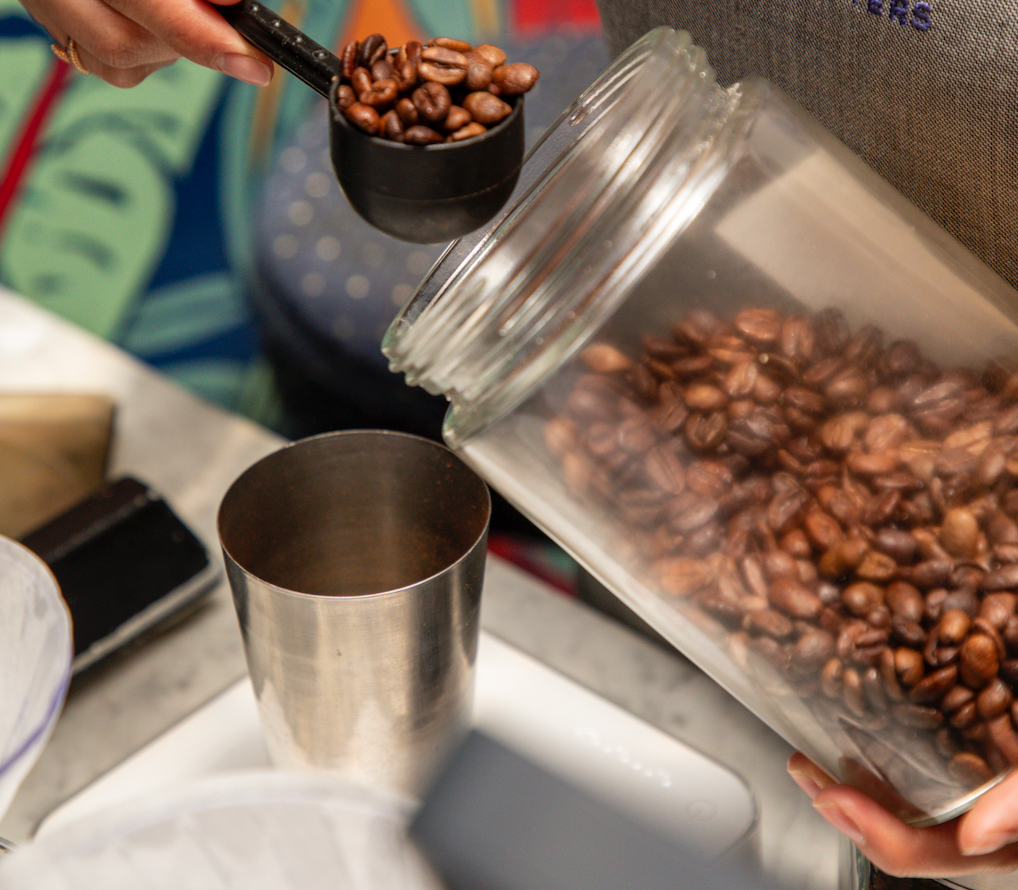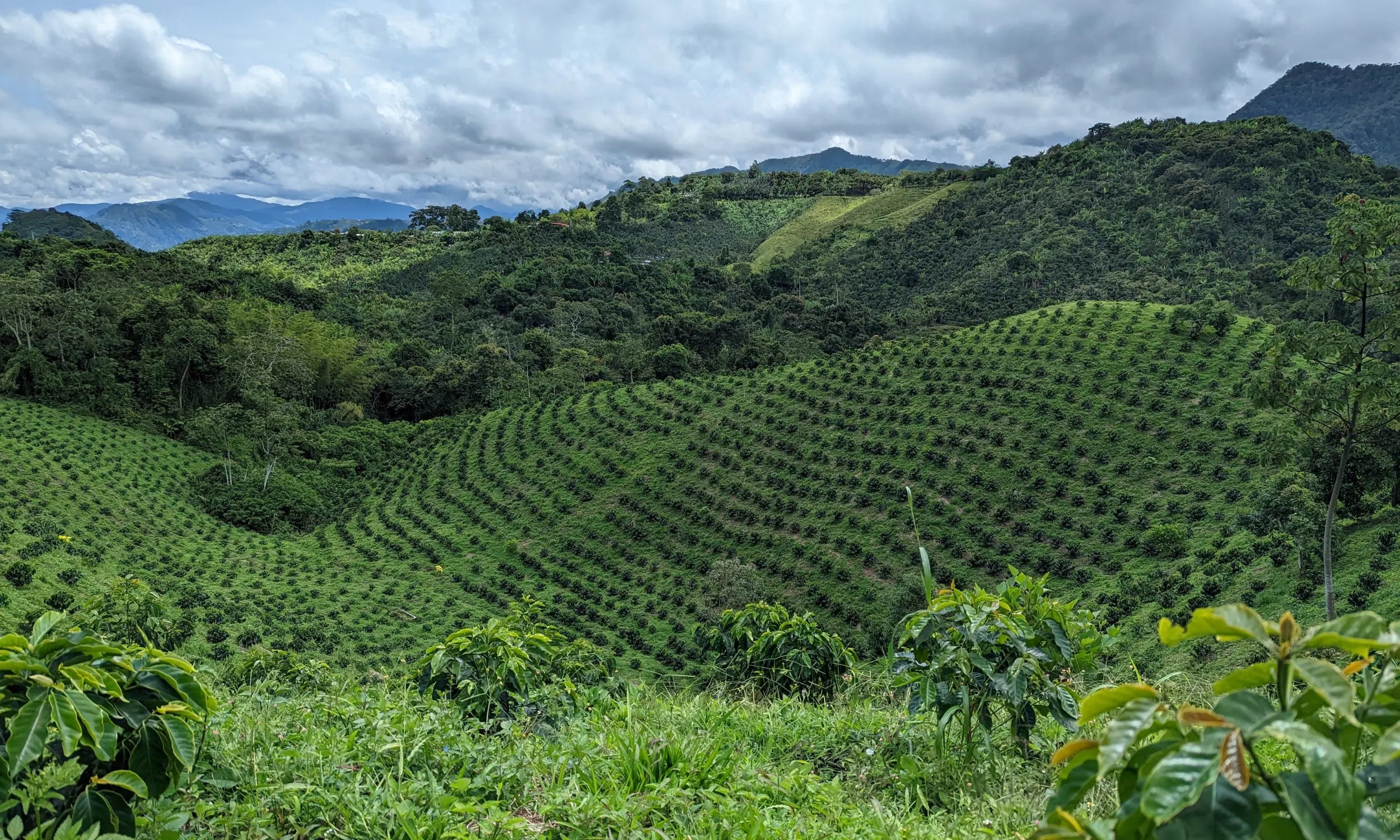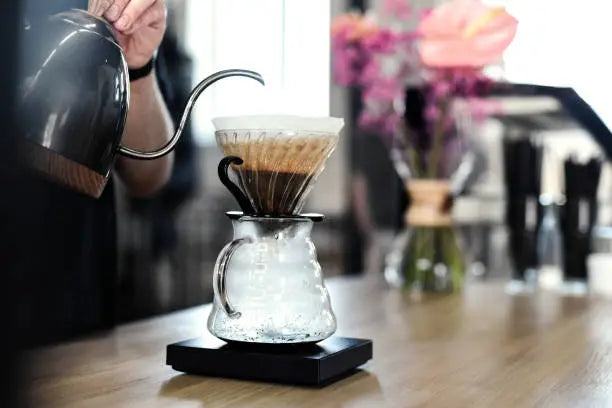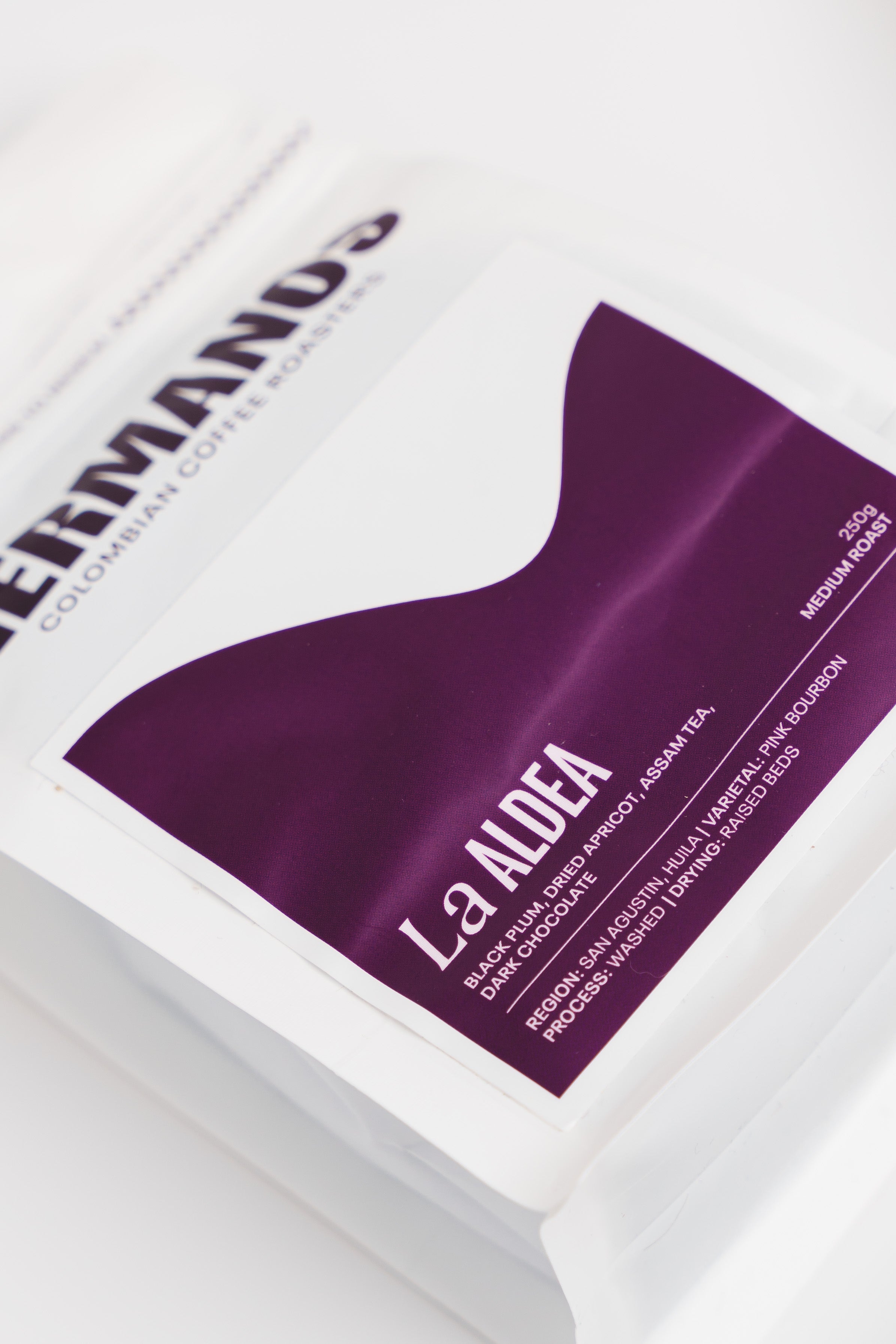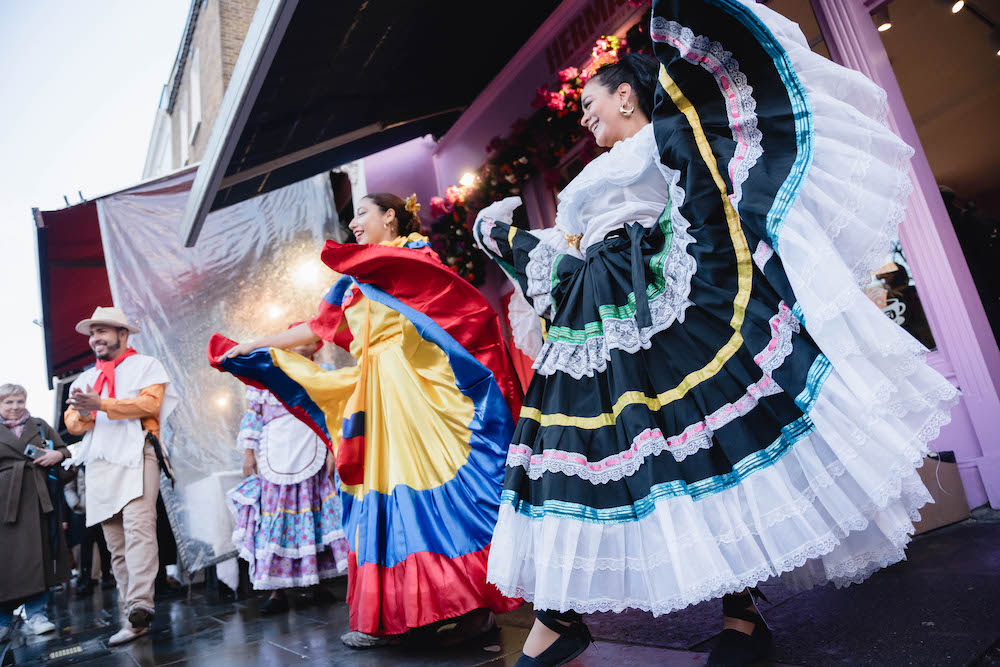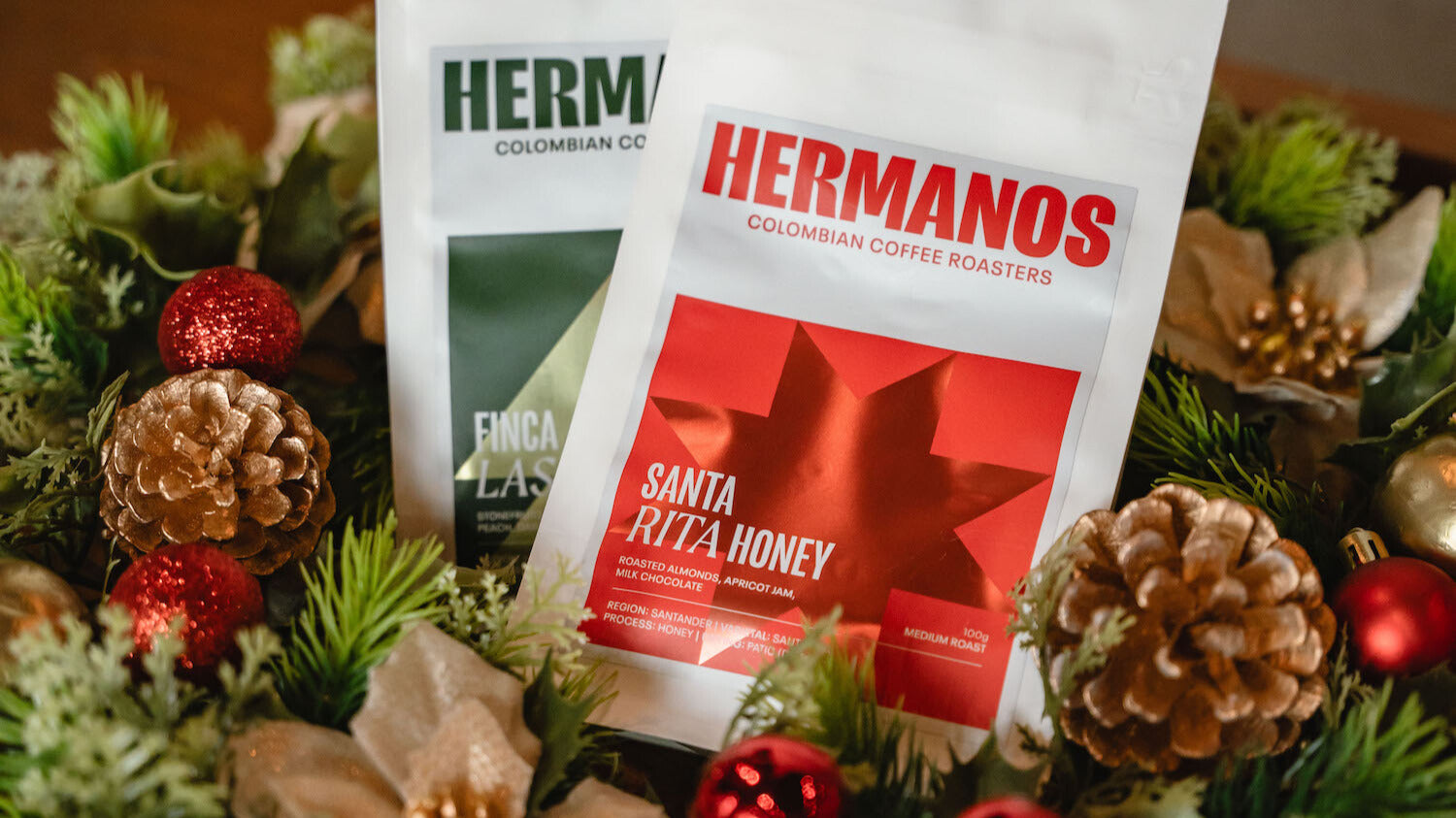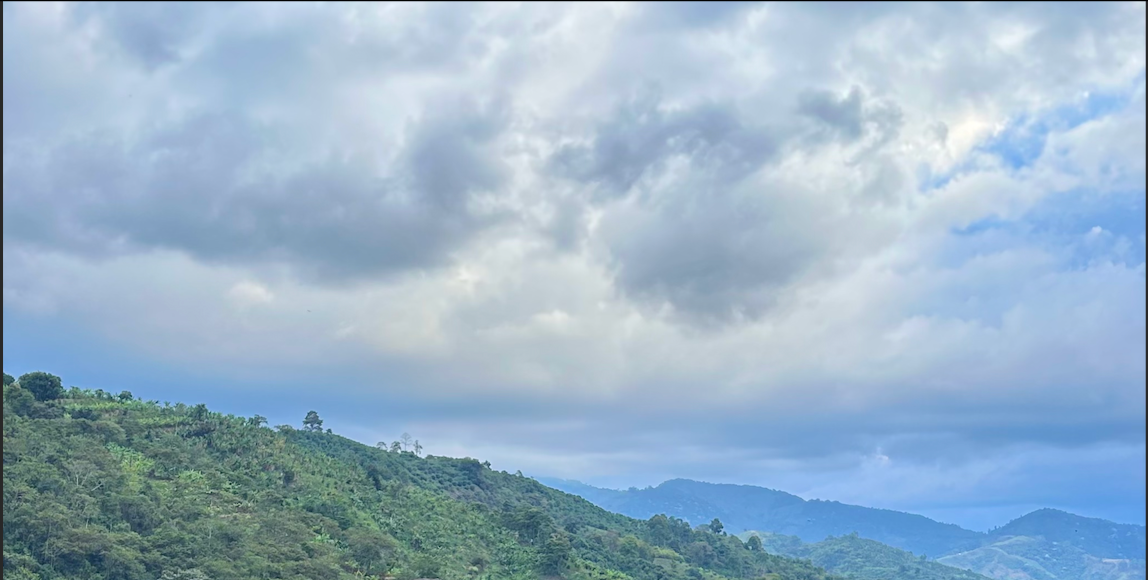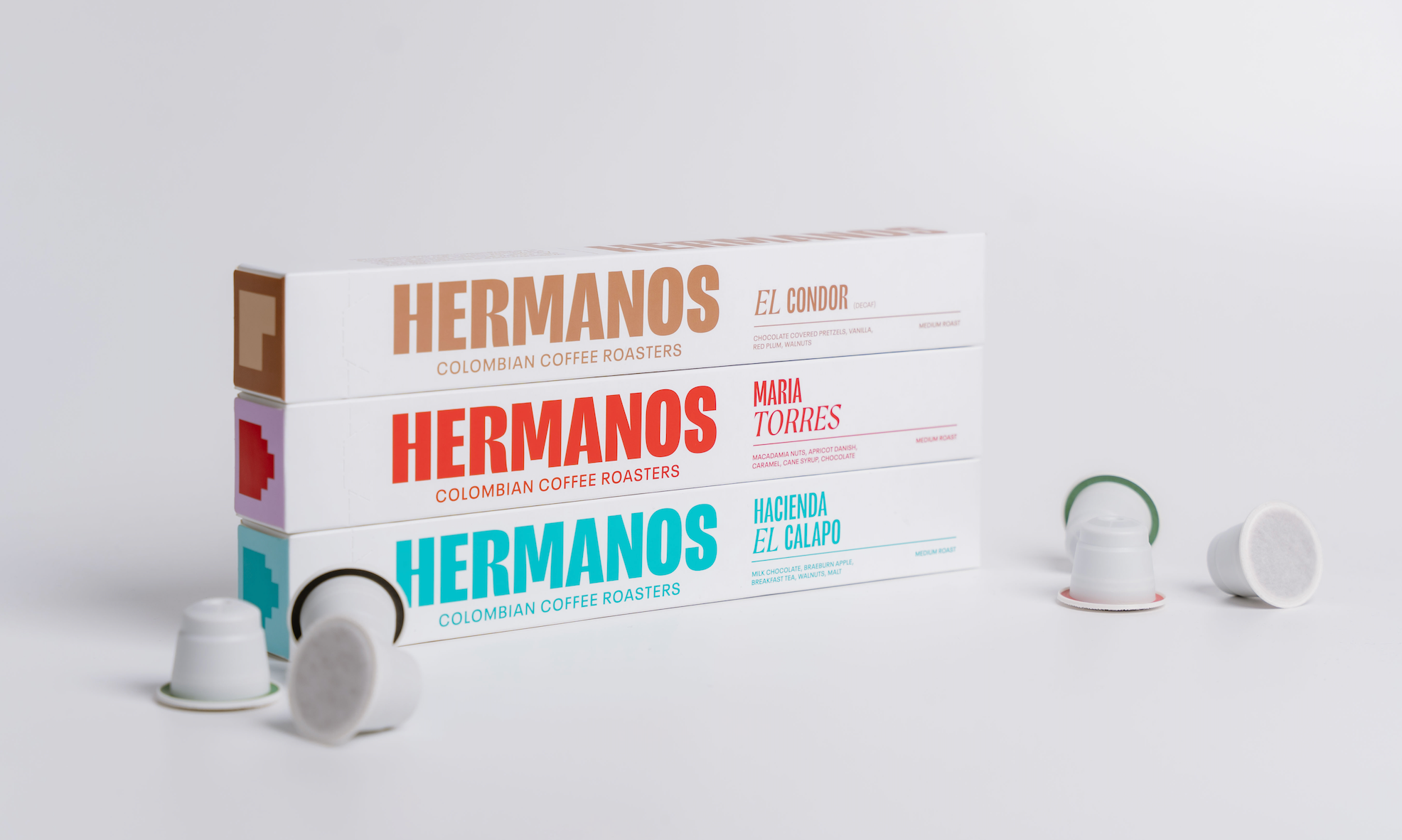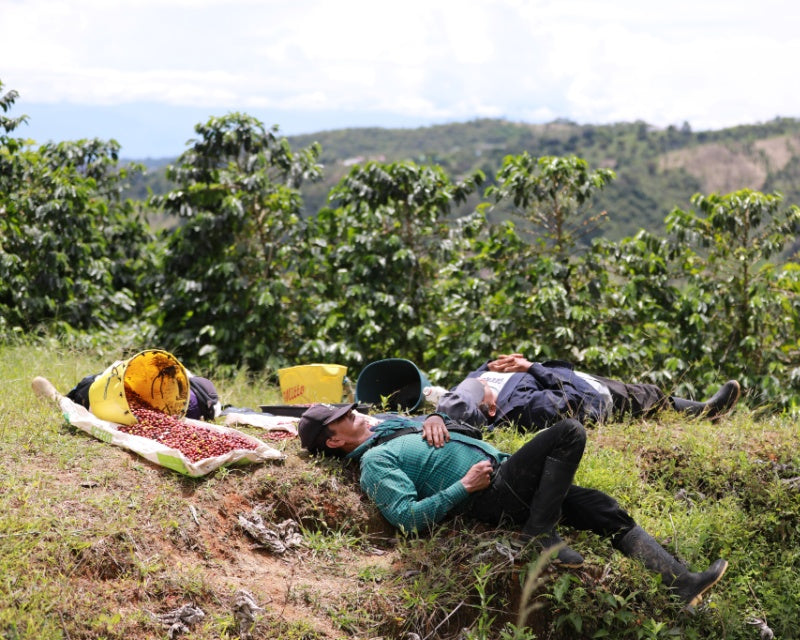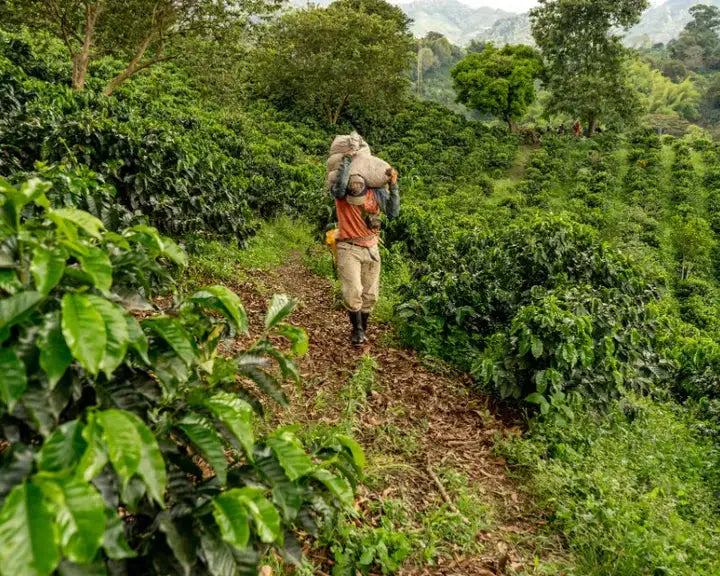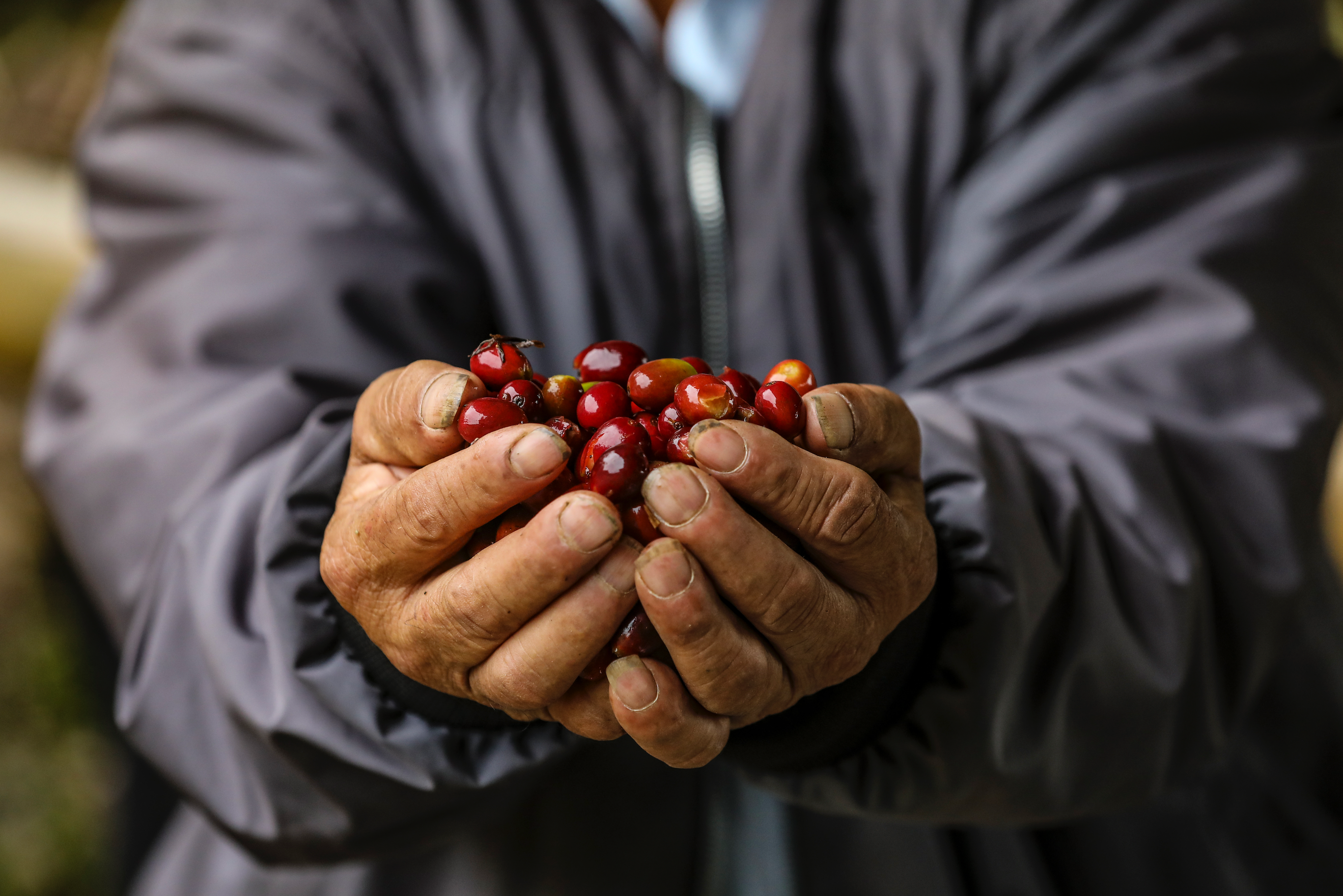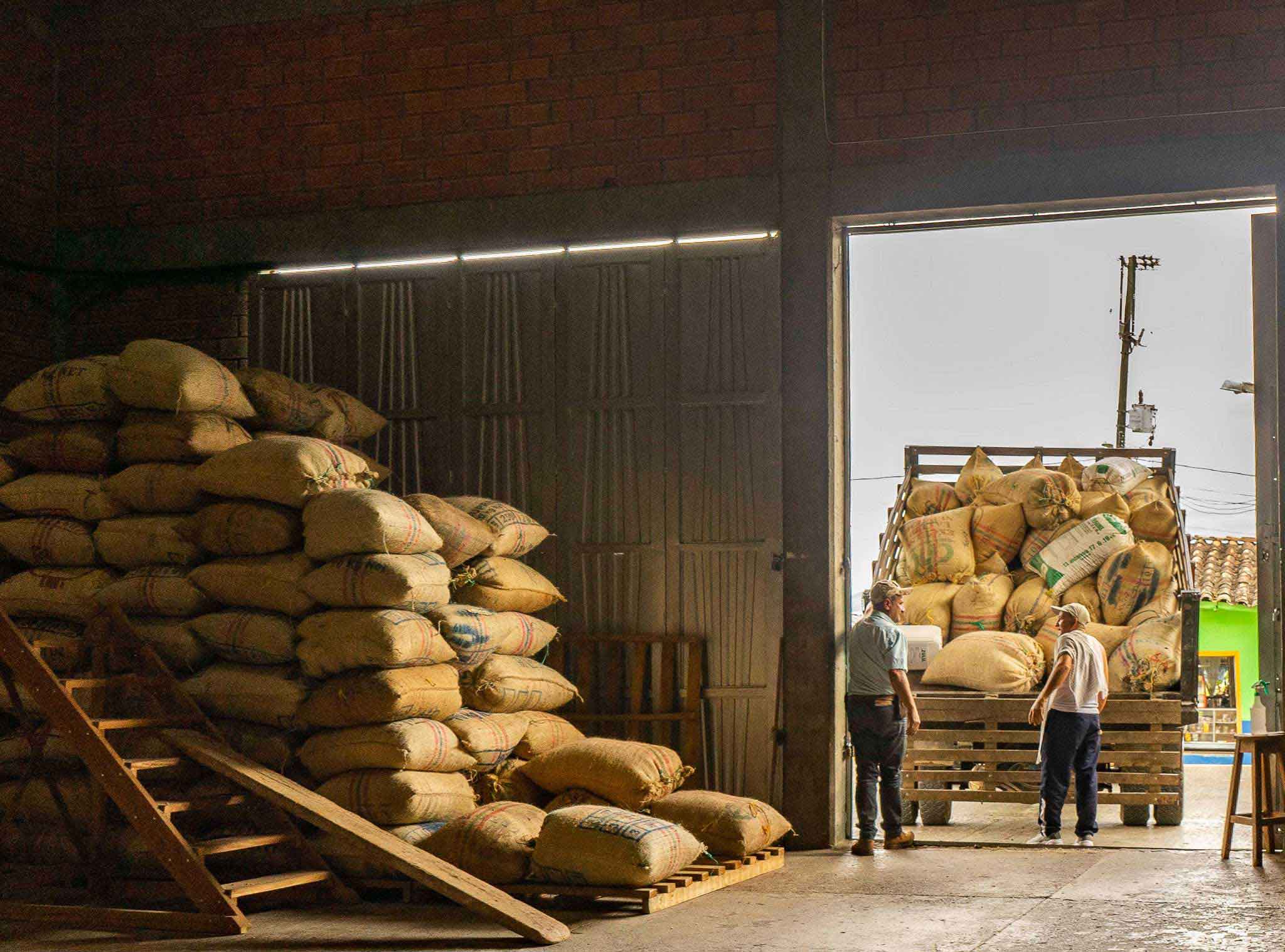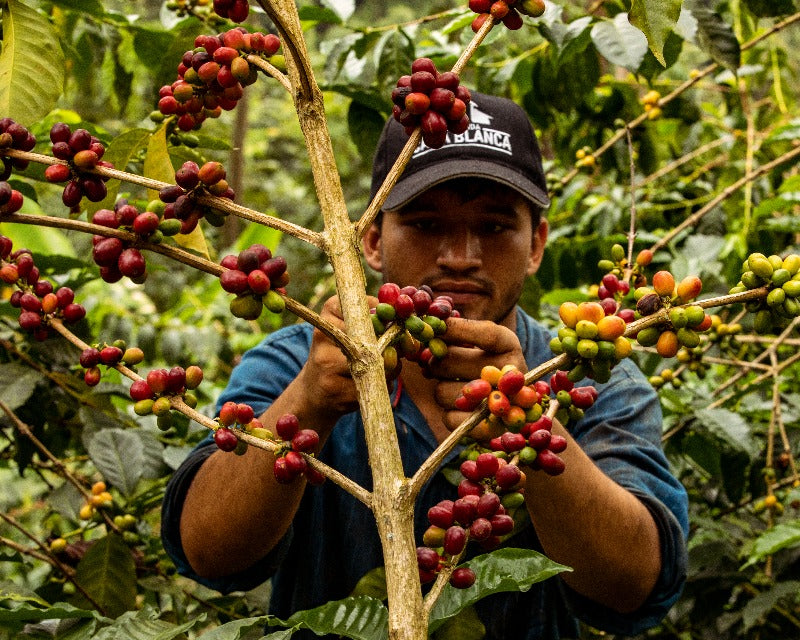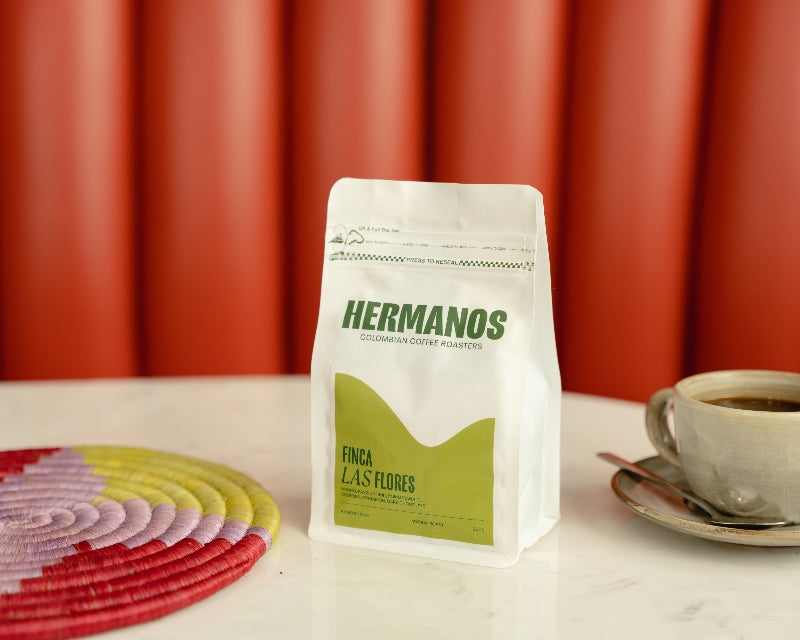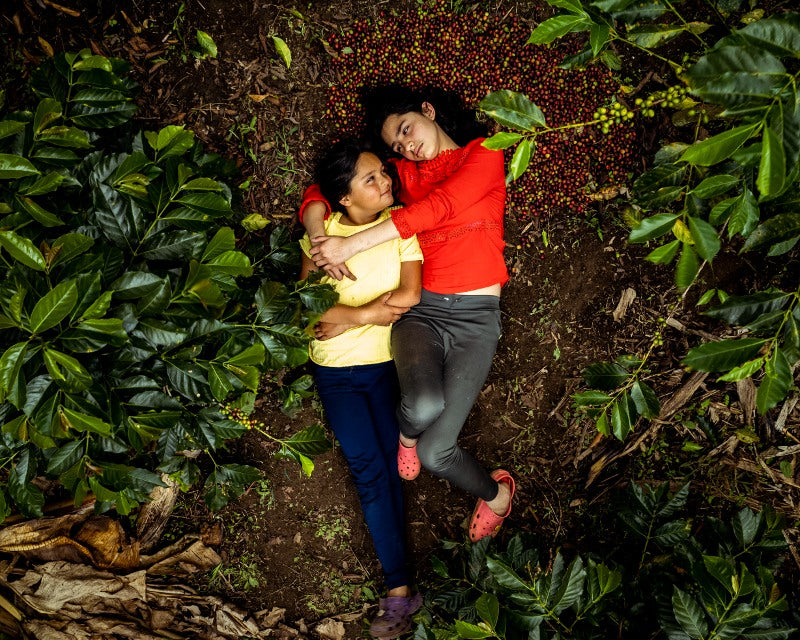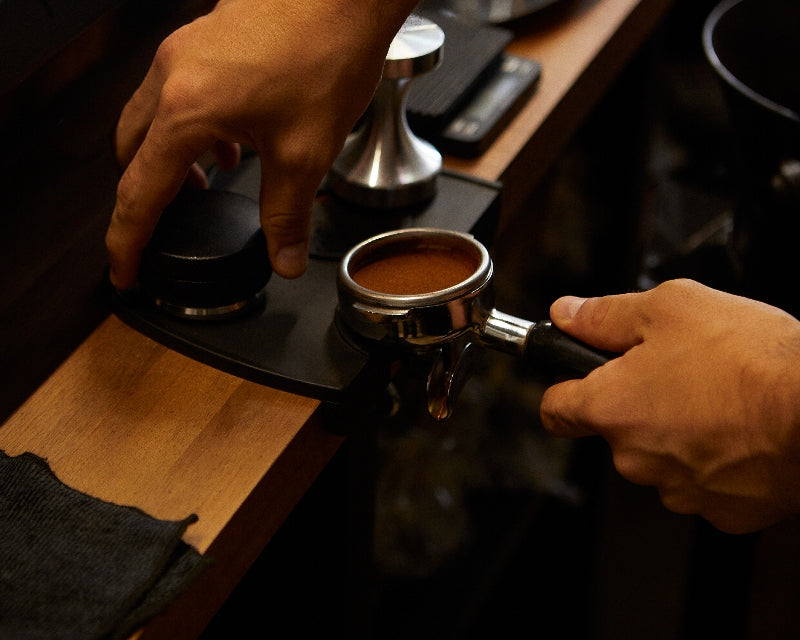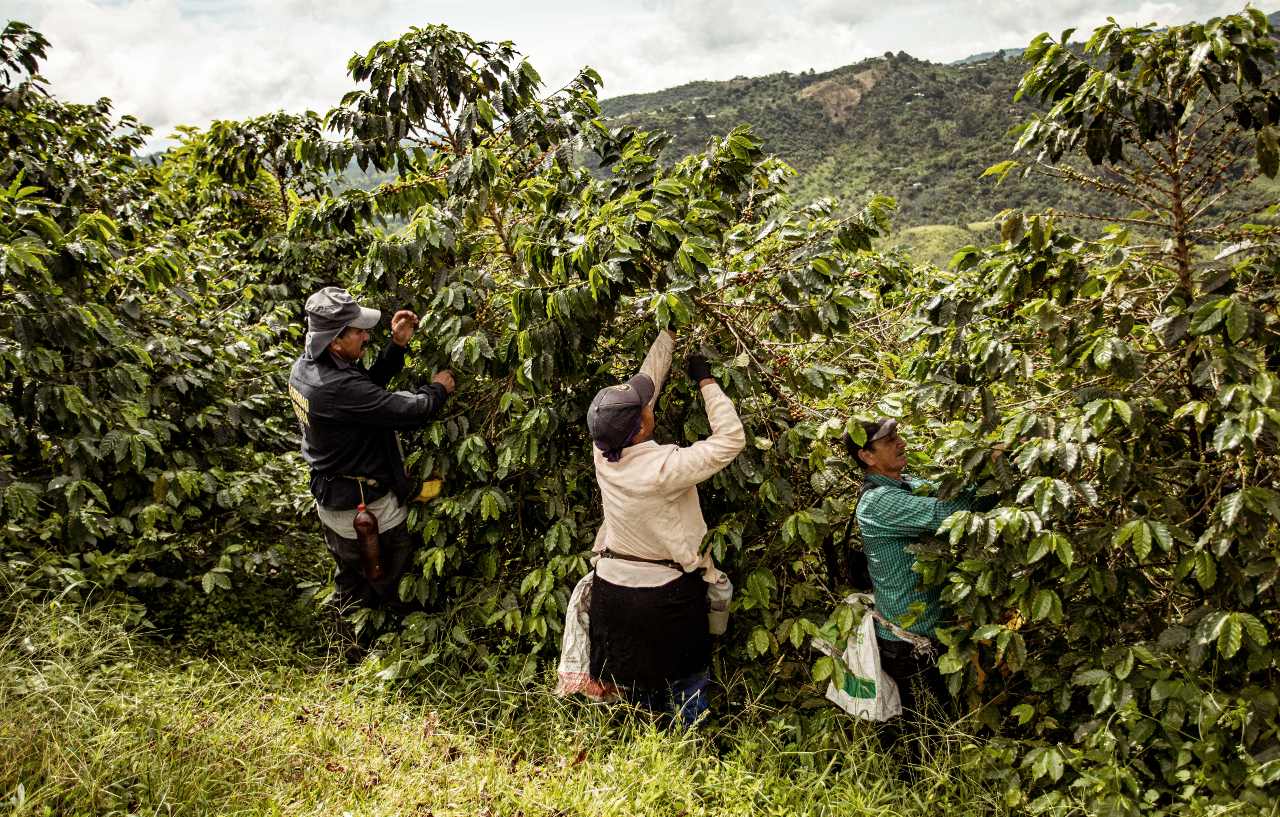Whether you’ve got a coffee cupping session coming up, or just want to learn how to appreciate your morning coffee more, it’s never a bad idea to brush up on your knowledge of coffee tasting vocabulary.
Knowing how to describe the impact that a coffee has on your senses is a real skill, and once mastered, can help you on your way to making the perfect brew.
Getting to grips with the terminology can also empower you to communicate and understand what you do and don’t like in coffee.
What Does A Coffee Cupping Involve?
There are quite a few steps involved in getting coffee ready to be tasted during a tasting or “cupping” session. Unless you’re hosting the event you won’t have to worry about this, but it’s still interesting to understand how professionals from all over the world brew and evaluate different types of coffee.
|
Setting Up
|
Hot water is poured over cups that contain small amounts of freshly roasted and ground coffee beans in order to brew it. The grounds are left to steep in the water for anywhere between 3-5 minutes, during which time the aroma of the coffee is noted.
Whilst brewing, a ‘crust’ will form on the top of the coffee, which is then broken, leaving floating grounds to sink to the bottom of the cup. Breaking the crust releases even more aromas, which are also analysed.
When this happens, you can remove any foam or leftover grounds that are on the surface of the coffee and begin the tasting!
|
|
Smelling
|
Smelling the coffee is just as important as slurping it as the ground beans will produce strong and intense aromas throughout the brewing process. To get the most out of the experience, get as close to the cup as possible and inhale deeply through your nose.
|
|
Slurping
|
Perhaps the most distinctive part of any coffee cupping session is the slurping. Rather than drinking a cup of coffee as you usually would, try to slurp the liquid into your mouth (with the help of a spoon!), allowing it to “spray” inside your mouth. Doing this means that the coffee, including even its most subtle flavours and aromas, will spread across your whole palate and nose.
You don’t have to slurp as enthusiastically as your host might, but even a measured sip will help to increase your understanding of the coffee and its tasting notes.
|
|
Analysing and Describing
|
After tasting a coffee, you will either be asked to privately note down your opinions on the flavour, body, acidity, aroma, and finish, or share them with the other people in the cupping session. One of the most enjoyable parts of coffee cupping is discussing with other people what they noticed about the coffee!
If you’re still new to tasting, then don’t put pressure on yourself to identify all of the more subtle or nuanced flavours.
|
Find Out More About What A Coffee Tasting Session Involves!
Coffee Tasting Terms — The Basics

Before delving into the full coffee flavour chart, it’s a good idea to brush up on the fundamentals of coffee tasting vocabulary.
Body
The body of a coffee relates to the physical sensations felt in the mouth after having a sip. You’ll notice that some coffees will feel heavier on the tongue than others, much in the same way that full-fat milk will have a different feel than skimmed milk.
To really get to grips with the body of a coffee, let it sit on your tongue for a while before swallowing to get an understanding of the texture and mouthfeel. Some of the most common terms that you’ll hear associated with the body of a coffee are ‘full’, ‘heavy’, ‘light’, ‘oily’, and ‘airy’.
Sweetness
We can all identify when something tastes or smells sweet, so this can be one of the easiest places to start when learning coffee tasting descriptions. Can you detect a sweet or sugary quality in the aroma or flavour of the coffee? And if so, what kind of sweetness is it? Some beans will have notes of brown sugar or molasses, whilst others may be more reminiscent of honey or agave.
Acidity
Acidity is another trait that is easy to pick up on once you know what you’re looking for. A coffee’s acidity is often described as fruity or citrussy and likened to lemons, oranges, or berries. It can be seen as a positive or a negative, depending on personal preferences and whether you enjoy a sharpness and “bite” in your coffee.
High acidity coffees are often characterised as being bright, vibrant, and sharp, whilst low acidity coffees are smooth, dull, and mild.
Flavour
The flavour of a coffee can be compared to an endless amount of different ingredients and aromas. Every batch of beans is unique, and this means that analysing and reporting on flavour is largely a matter of opinion and preference.
With practice, you’ll be able to point out particular tasting notes that are similar across different brews, as well as figure out what you do and don’t like in a coffee. For example, some people enjoy rich and savoury flavours, such as tobacco, wood, and wine, whereas others prefer a mellow and sweet coffee with flavours of cinnamon and honey.
Finish
A coffee tasting doesn’t end when you swallow. Notice what kind of aftertaste (if any) is present in your mouth — some coffees will leave a very strong flavour and feel on the tongue, whereas others will not be anywhere near as potent. Some of the most common aftertastes experienced from coffee are sweetness and bitterness.
With practice, you’ll be able to point out particular tasting notes that are similar across different brews, as well as figure out what you do and don’t like in a coffee.
The Most Common Coffee Tasting Descriptions
|
Aroma
|
Aroma encompasses smell and fragrance, and is often the first thing that you will notice. It is how you get a feel for the complexities and more understated flavours of the coffee.
|
|
Ashy
|
An aroma usually found in coffee beans that have been dark-roasted, similar to the way that a fireplace or ashtray smells.
|
|
Astringent
|
Astringent refers to the bitter taste that makes your mouth react when you take that first sip of coffee.
|
|
Baggy
|
A coffee described as ‘baggy’ usually means that the beans have been stored for too long, or the roast is light and has brought out flavours of mildew.
|
|
Baked
|
‘Baked’ coffee typically means that the flavour is hollow, flat, sometimes less sweet, and not as pleasant to drink.
|
|
Bitter
|
If a coffee tastes unpleasantly harsh on the palate, it would be described as bitter.
|
|
Bright
|
If someone refers to a coffee as tasting bright, this usually means it is bold and has pleasant levels of acidity to it.
|
|
Carbon
|
You will typically only hear dark-roasted coffee beans be described as tasting of carbon, as though they have been deliberately charred to give a flavour or aroma of burnt wood or food.
|
|
Clean
|
If a coffee is described as clean, it generally means that the coffee’s complexity is balanced and pleasant to drink, often featuring refined notes of sweetness.
|
|
Complex
|
Complexity pertains to the combination of aromas and flavours that you experience when tasting a coffee. Both single-origin and blended coffees can be complex, and a coffee is able to be both complex and perfectly-balanced at once.
|
|
Flat
|
If a coffee aroma is described as flat, it either means that the beans are stale or that the bean’s natural aromatics have evaporated.
|
|
Flavour
|
The overall flavour of a coffee depends on a number of things — the roast, country of origin, and processing and washing method of the beans, amongst other things. At a tasting experience, you might hear people saying “this coffee tastes like citrus fruits/chocolate/tobacco/cinnamon” etc.
|
|
Fruity
|
Coffees are often said to be fruity, which can be hard to detect if you’re a beginner coffee taster. Some characteristics of a fruity coffee include a higher level of acidity and undernotes of berries or citrus.
|
|
Grassy
|
A grassy-tasting coffee is often a sign of a defect. It occurs when beans have either been harvested prematurely or not roasted enough.
|
|
Harsh
|
Not a positive quality for beans to have, harsh coffee will taste unpleasant in the mouth, and be crude in flavour.
|
|
Mellow
|
Mellow coffee is typically light or medium-roasted and well-balanced, with a light and airy body.
|
|
Mouthfeel
|
Mouthfeel refers to the way that a sip of coffee physically feels in your mouth and on your tongue. Some of the ways that the mouthfeel of a coffee can be described include heavy/light, buttery, smooth, thin, and syrupy.
|
|
Neutral
|
When you first taste a coffee and do not get any immediate or dominant flavours on your mouth, it can most likely be labelled as neutral.
|
|
Rich
|
A rich coffee is usually full-bodied and bold in flavour.
|
|
Rubbery
|
A rubbery and harsh or unpleasant taste on the mouth is more common when tasting Robusta coffee beans over Arabica. It is often caused by allowing coffee fruit to dry out on the shrub it was grown on.
|
|
Soft
|
A coffee that is soft on the tongue usually means it tastes sweet and mellow, and does not produce an astringent or acidic reaction in the mouth.
|
|
Spice
|
If you hear someone say that a coffee tastes spiced or like spice, the chances are that they aren’t talking about chilli. In this instance, it relates to a flavour or aroma of spices like cardamom, cloves, cedar, and pepper.
|
|
Thin
|
Thin coffee is a descriptor typically used in an unpleasant way, and means that the taste is lacking in depth, flavour, and acidity. However, some prefer their coffee to have a thin body.
|
|
Toasted
|
Some beans have a distinctive odour of freshly toasted bread, and are described as having a toasted quality.
|
|
Tobacco
|
A term used to describe a flavour or aroma of fresh tobacco in certain coffees, this is not necessarily a negative attribute.
|
Note: This list is by no means exhaustive, but we’ve rounded up some of the most common (and useful) terms that you might hear at a coffee cupping. If you’re a beginner, knowing even a couple of these phrases will help you out when analysing and describing any number of coffees.
How Are Different Coffee Tasting Terms Related?
Although it may seem like many of these terms are unrelated, they work in tandem and can be used to describe a coffee tasting experience in full. The descriptors can be split into four categories: aroma, flavour, body and finish. If you want to delve further into this then check out the SCA flavour wheel for a full breakdown,
For instance, any strong notes that you get from the aroma of the coffee will likely carry over into your perception of the taste. If you slurp your coffee before picking up on the odour, the chances are you might miss some of the more understated or complex flavours that can be picked up from smelling it.
Likewise, with every sip you will notice more and more flavours coming out, and get a better understanding of the mouthfeel and body of the coffee.
Although it may seem like many of these terms are unrelated, they work in tandem and can be used to describe a coffee tasting experience in full.
Why Is It Important To Know Coffee Tasting Terminology?

While not crucial to know coffee tasting terms to enjoy a brew, it can be really useful for a couple of reasons.
-
Firstly, knowing how to describe a coffee can make you better equipped to describe (and know) what you do and don’t like. If you know that you have a preference for full-bodied, fruity, or acidic coffees, you’ll be able to communicate this to your barista or search for beans that match this profile. The more you taste different coffees, the better you’ll get to know your own palate — which means you’ll be able to find a batch that perfectly suits your tastes!
-
Knowing coffee cupping vocabulary also enhances your knowledge of coffee in general, which is a great skill to learn. Over time, and with practice, you’ll be able to identify commonalities between beans from the same origin, distinguish between single origin and blended coffees, and grow a greater appreciation for the work that coffee producers do to produce their batches.
Tips And Tricks
If you’re finding it tricky to get to grips with coffee tasting terms and aren’t able to describe what you’re tasting, we have a couple of tips for you:
Broaden your palate
It may sound obvious, but you won’t be able to point out different flavours if your palate has never tried them before. Try out new fruit, spiced food, wines, liqueurs, cakes — anything that will enable you to expand your point of reference. You’ll find that the more foods and drinks you try, the easier it will be to apply this knowledge to a coffee tasting.
Take part in comparative tastings
A comparative tasting involves trying multiple coffees from different origins, and with different processing methods and roast profiles, one after the other.
For example, you’ll be able to smell and taste a clear divergence between a mellow, light-roast coffee and a rich, ashy or woody coffee. Even if it still takes a while to verbally describe the differences between the two, you’ll be able to remember and pin down certain smells or flavours.
Always have water to hand
If you’re doing a coffee cupping and feel like all of the aromas and tasting notes are getting muddled up with each other, the best thing you can do is take a small sip of water in between each slurp. This will cleanse your palate, but also give your senses a minute to calibrate and fully experience every individual coffee.
Learn More About What To Expect At Your First Coffee Tasting Experience


